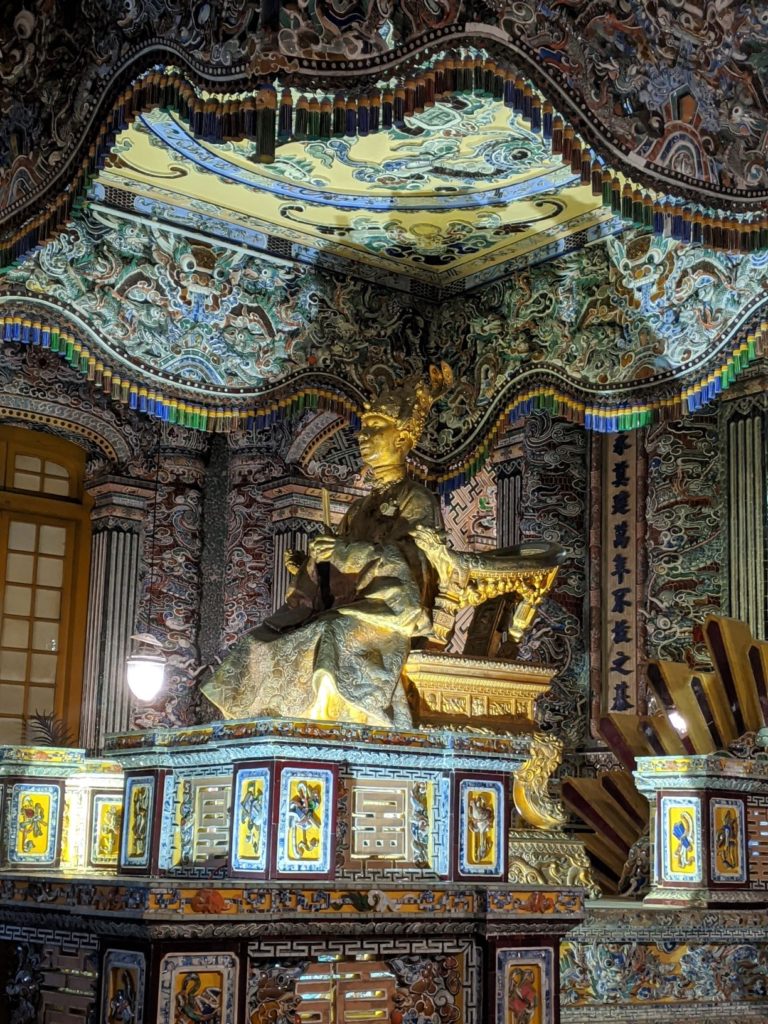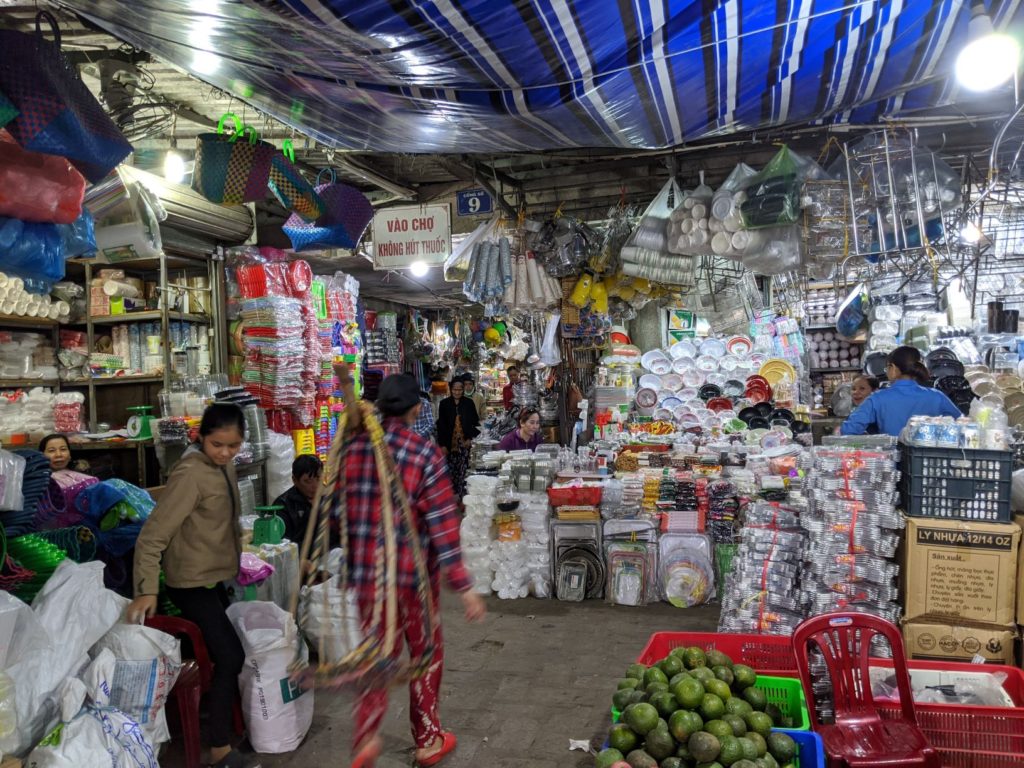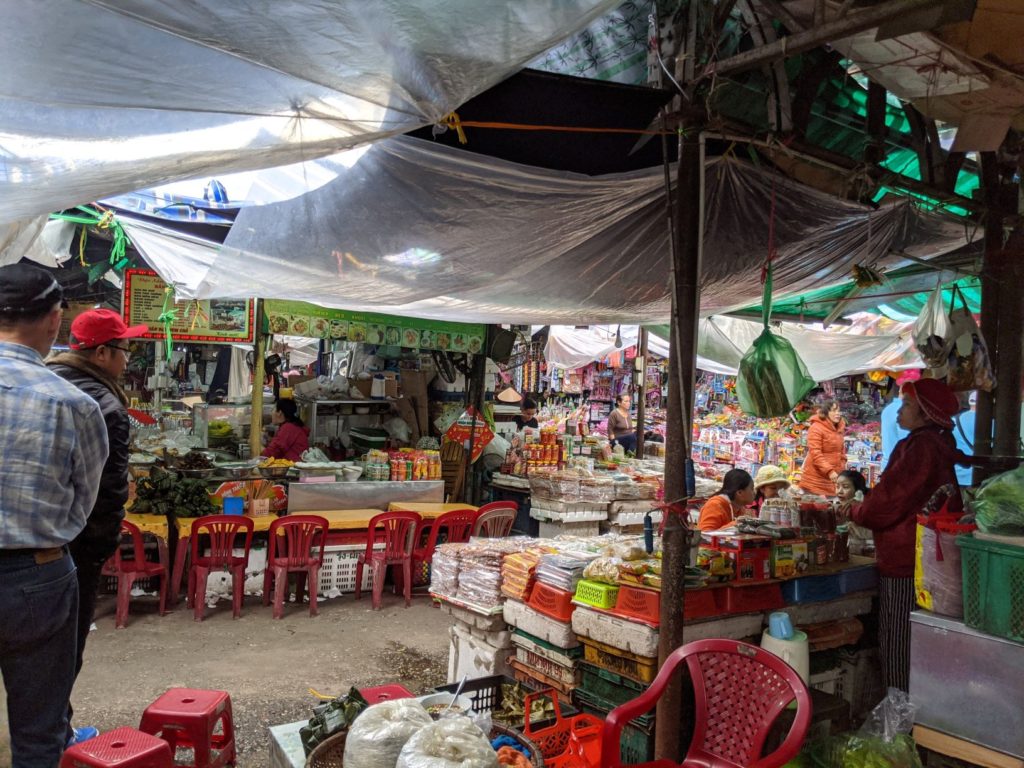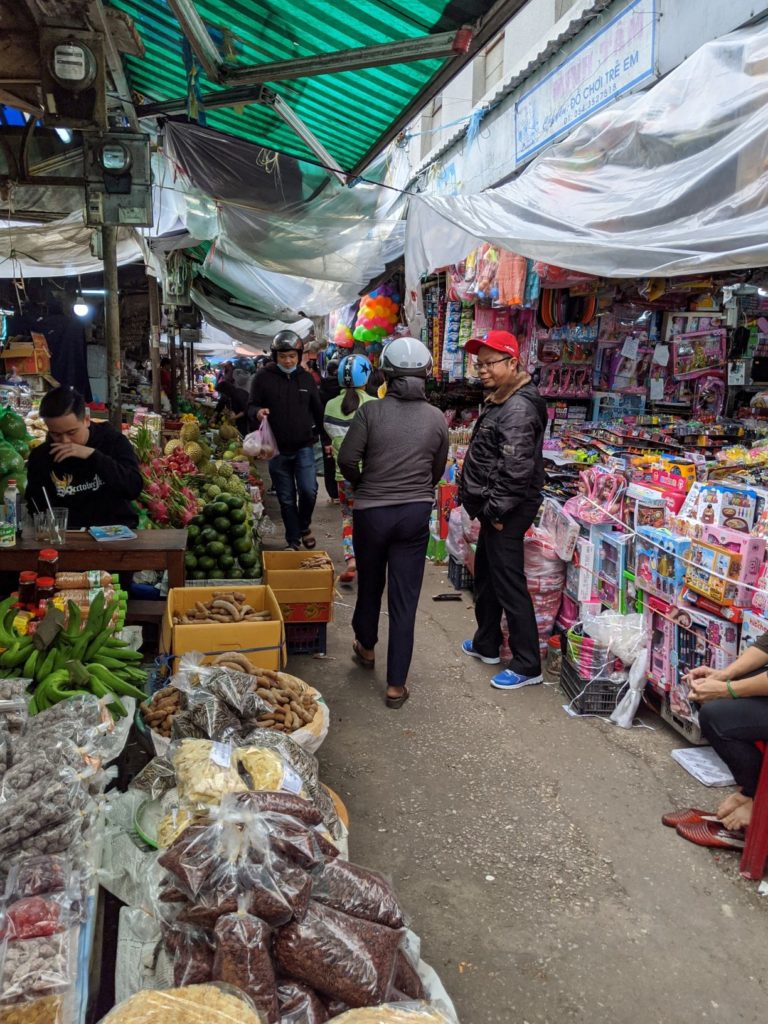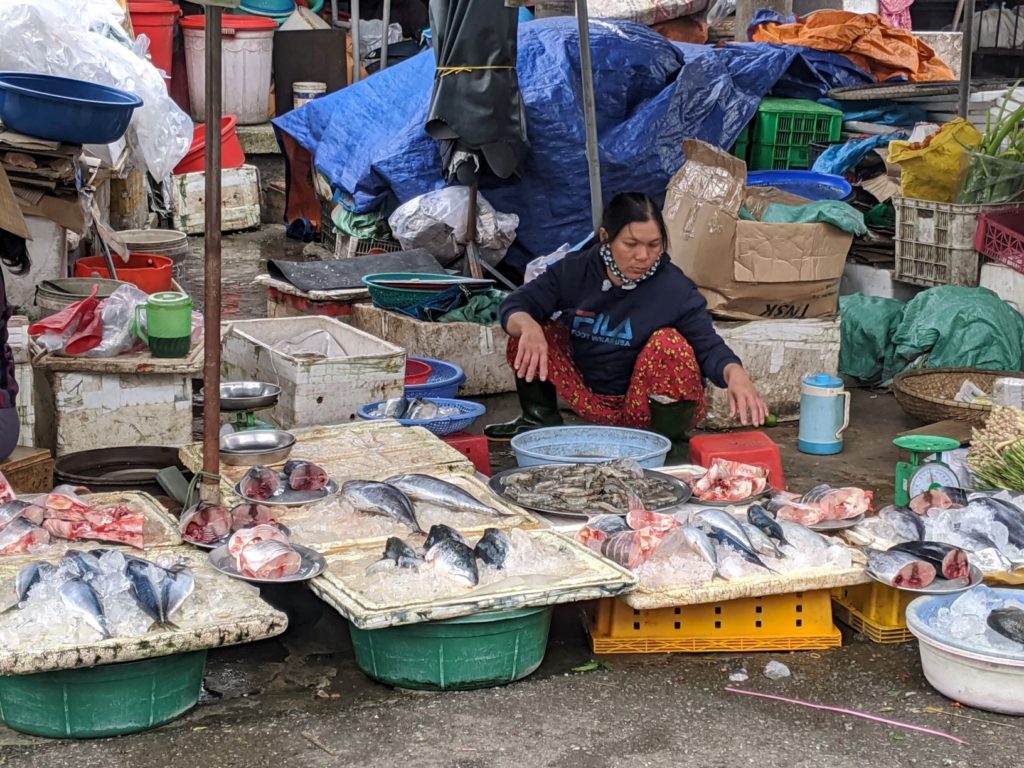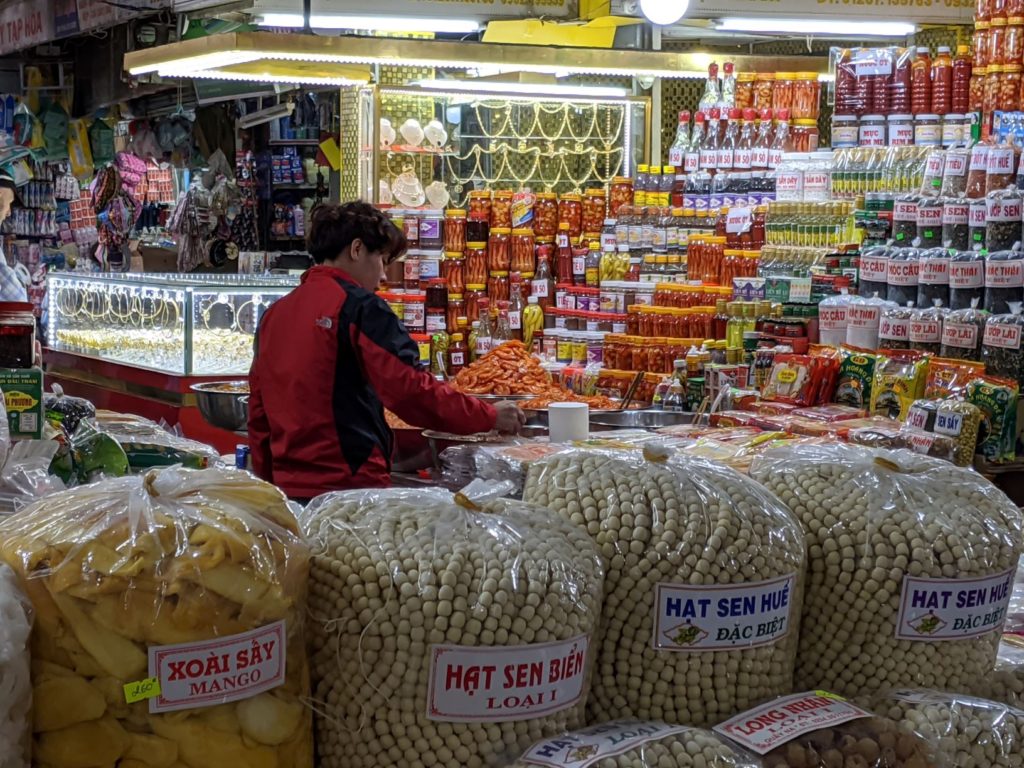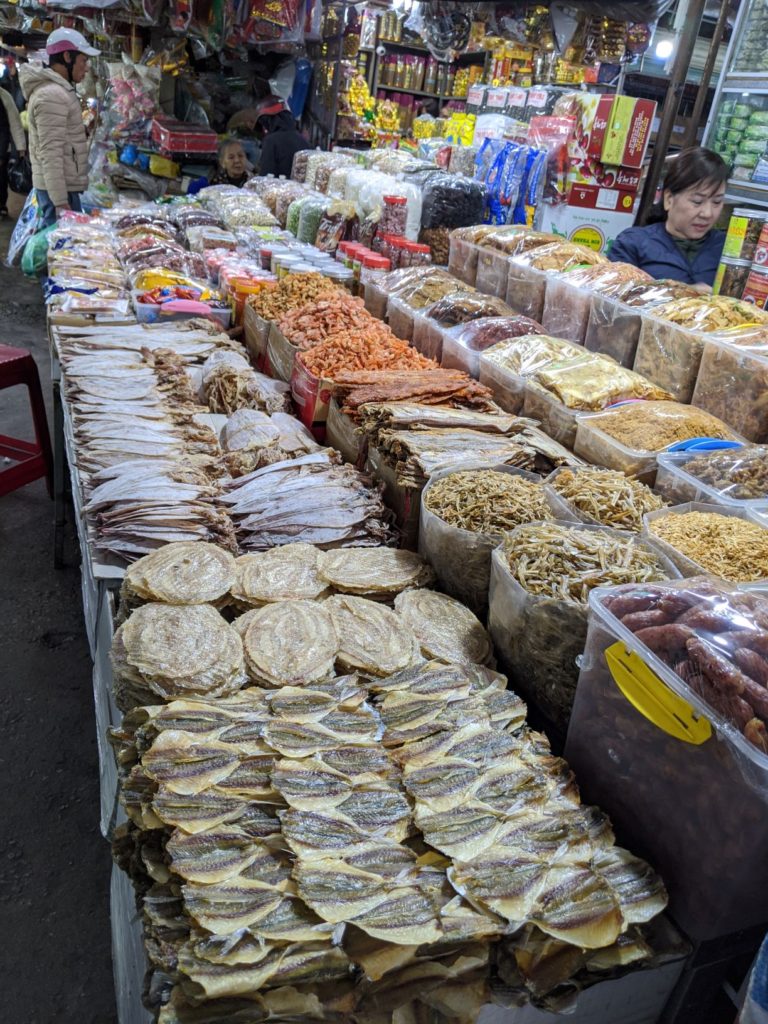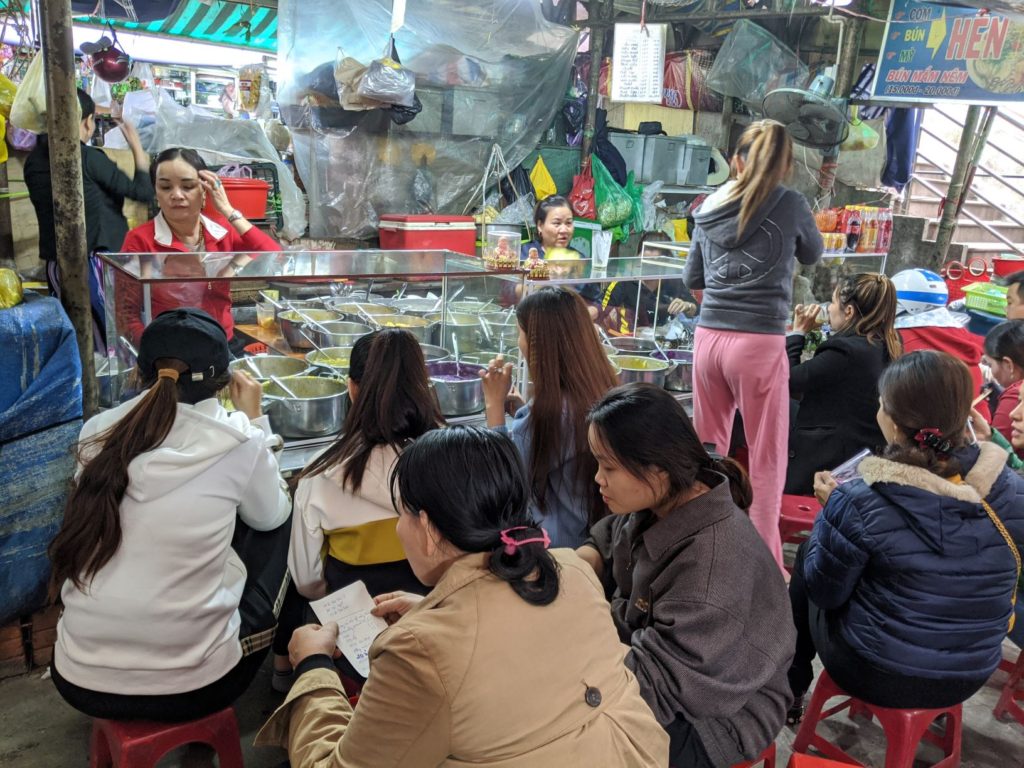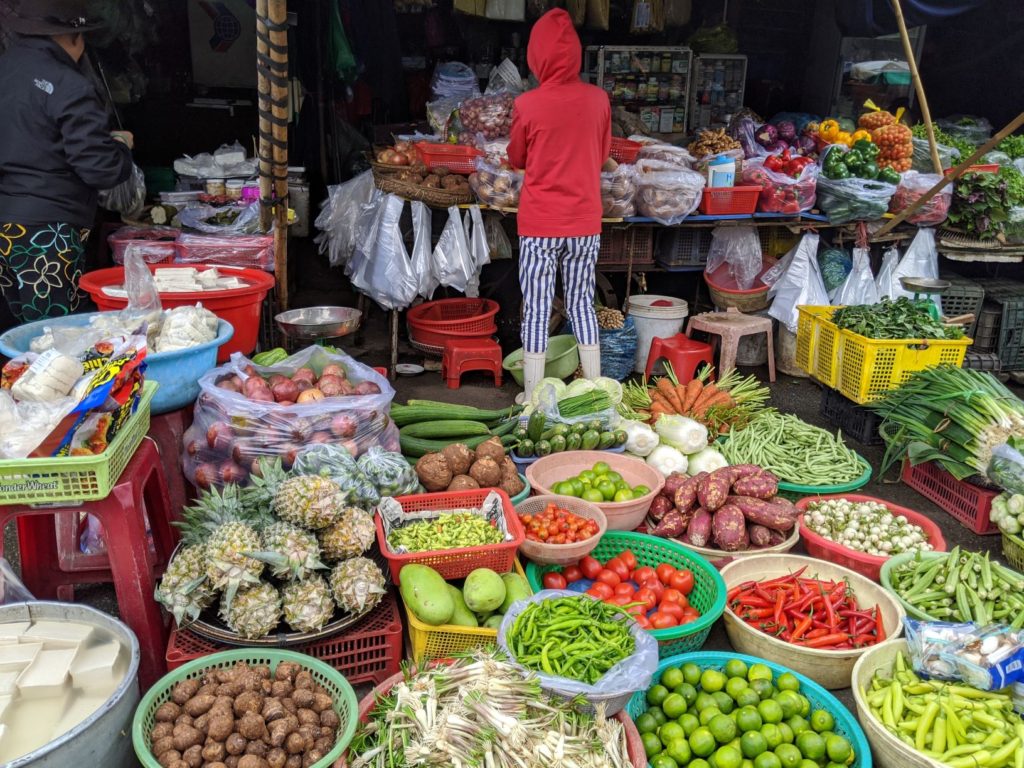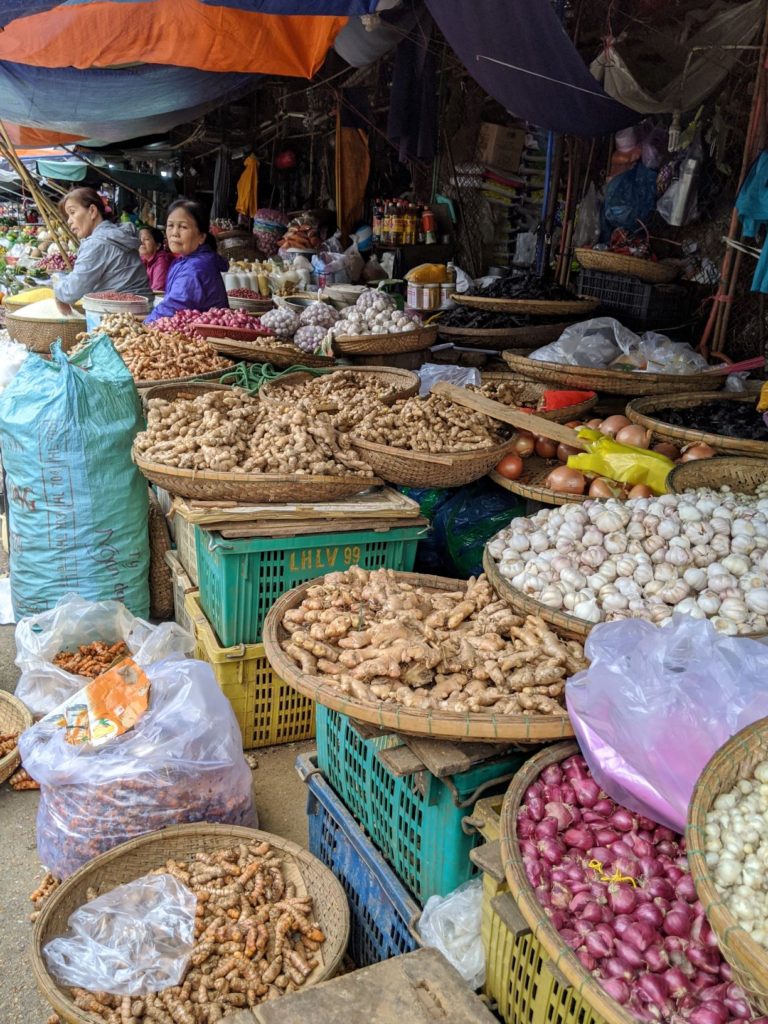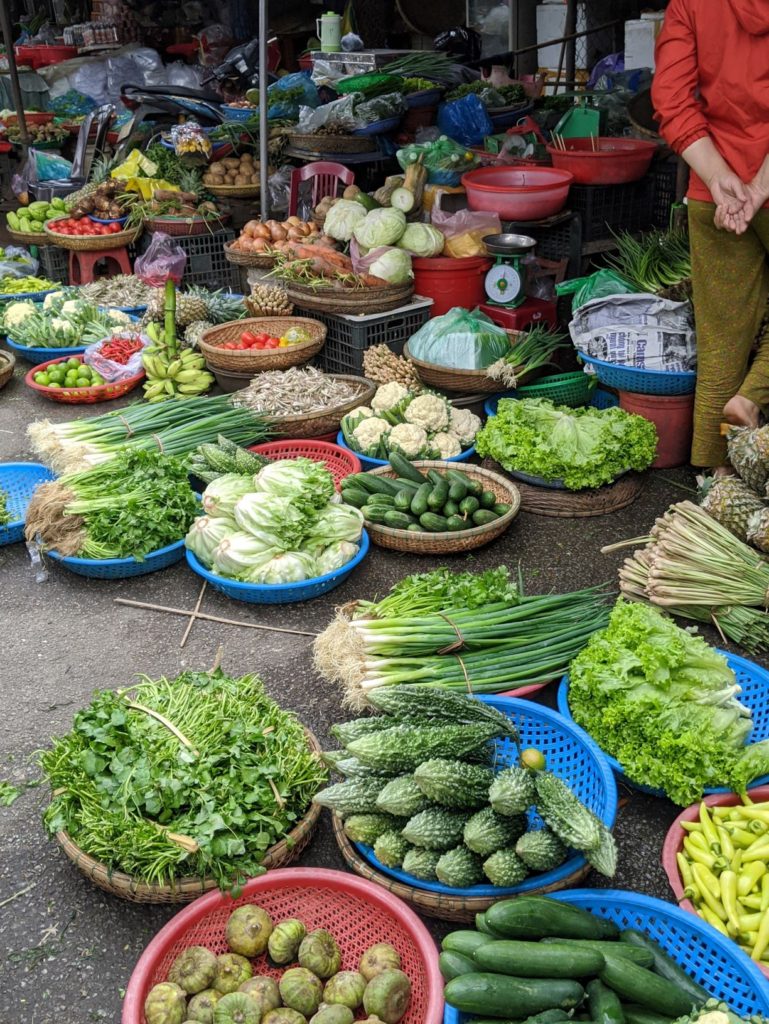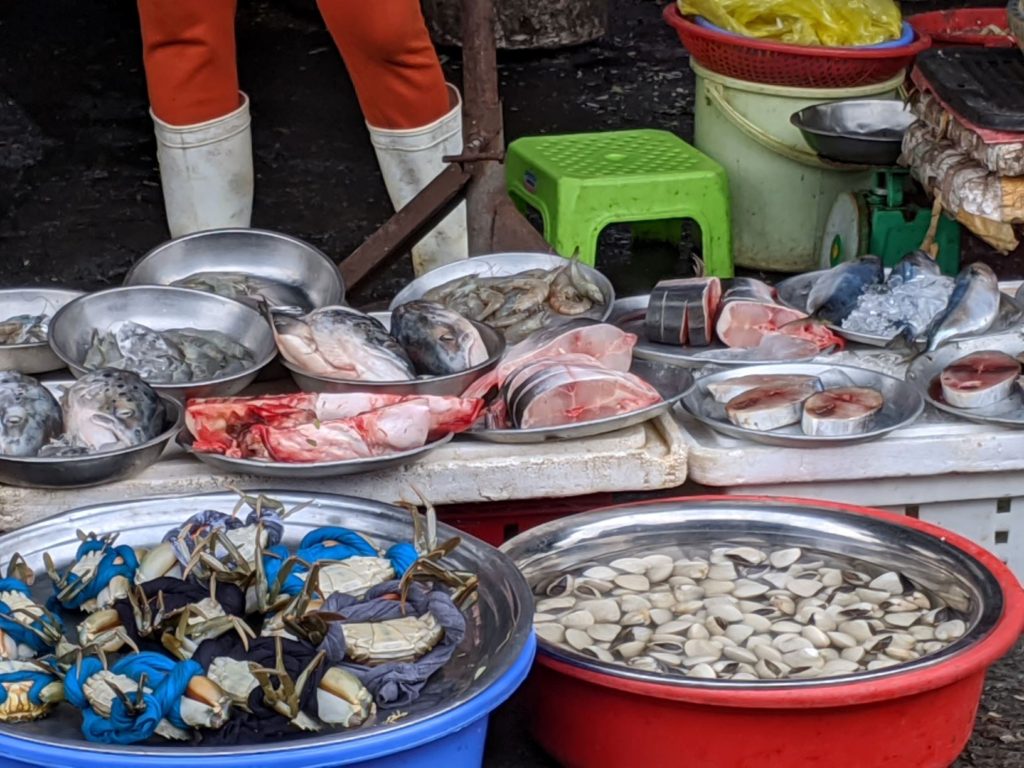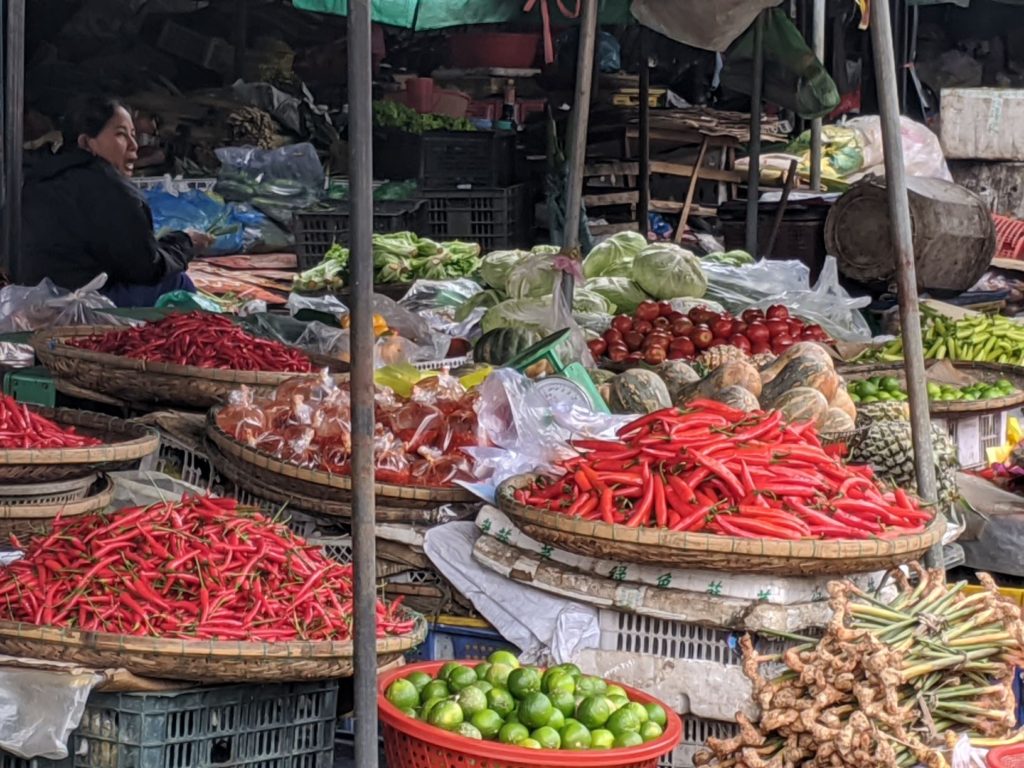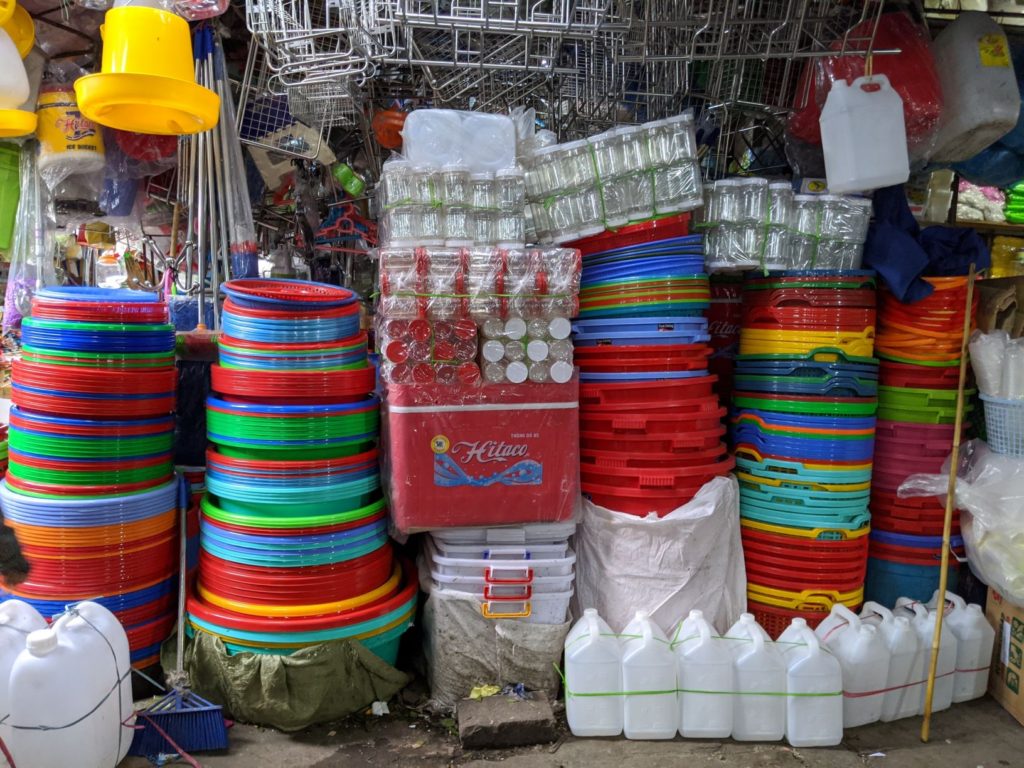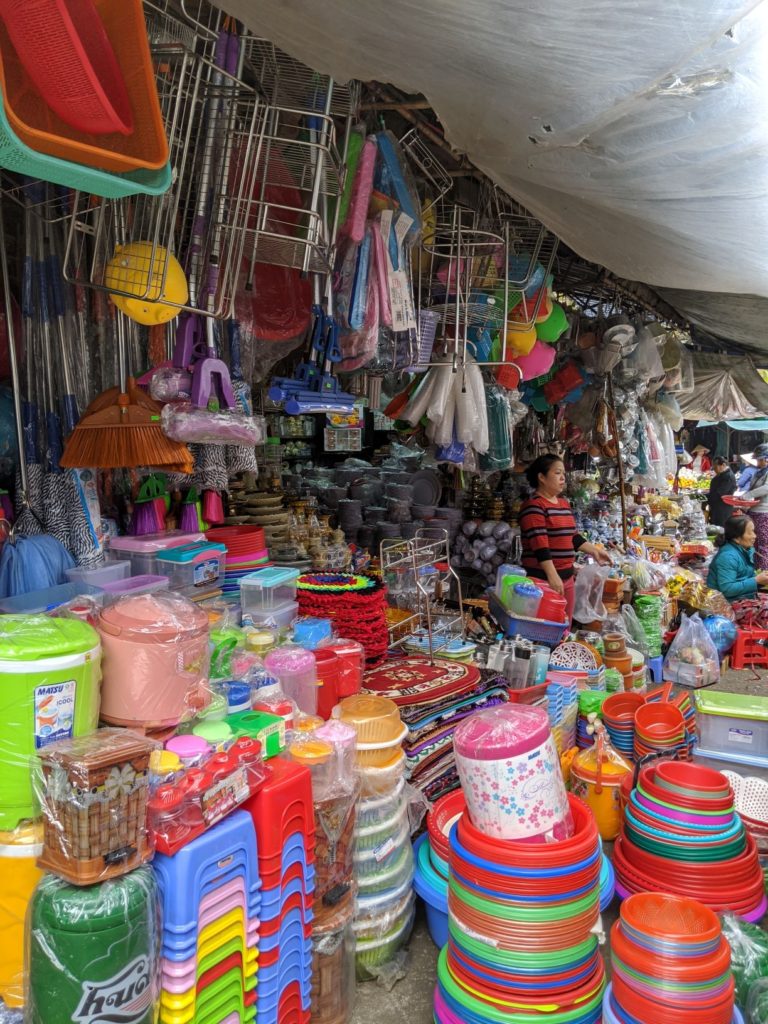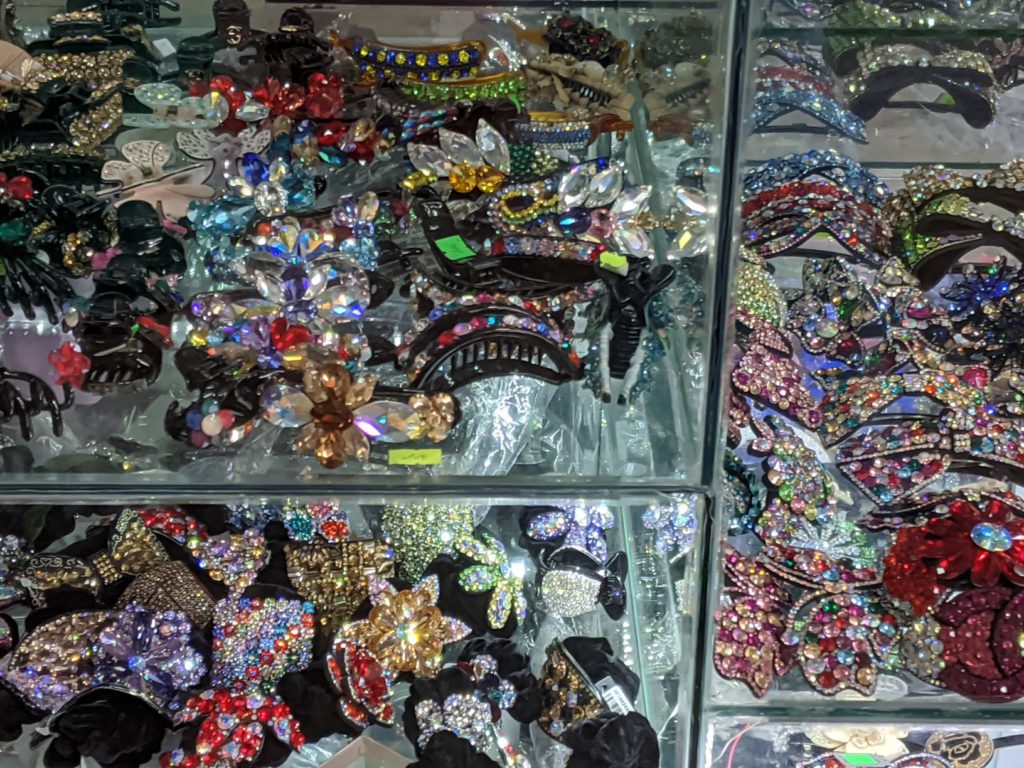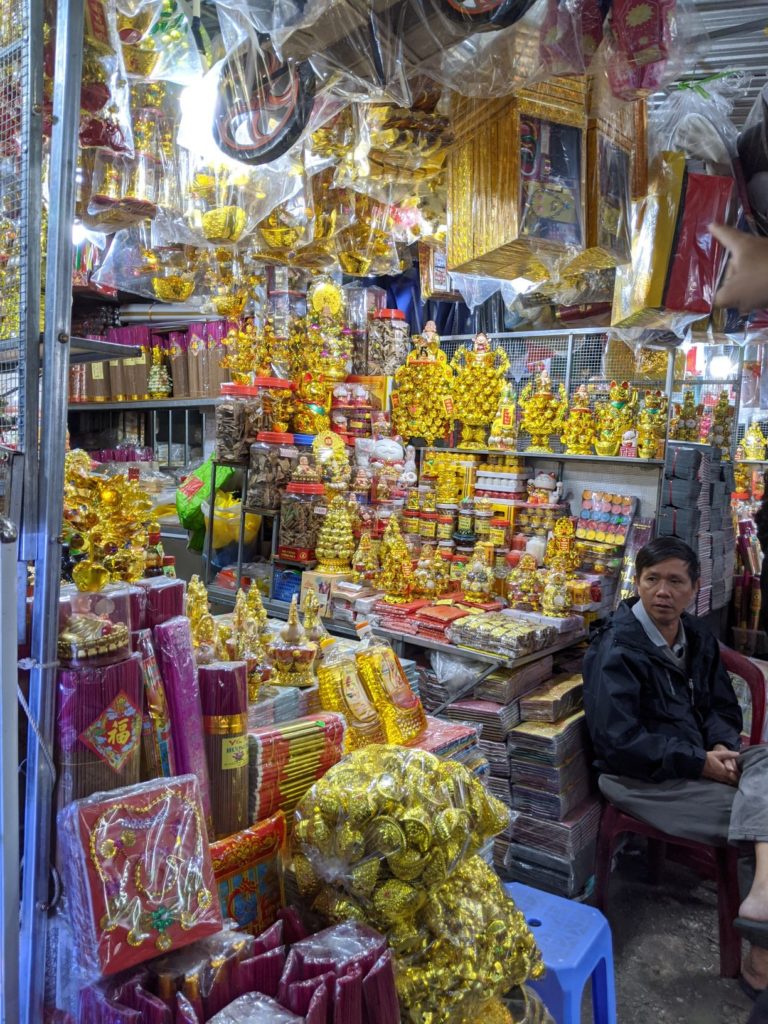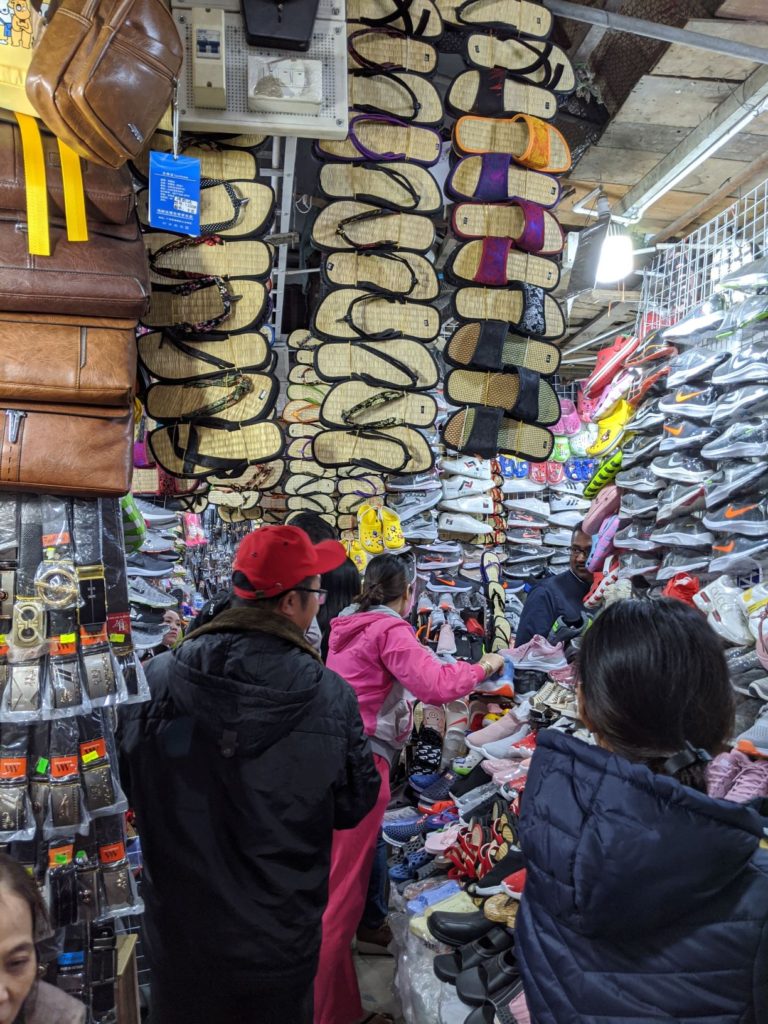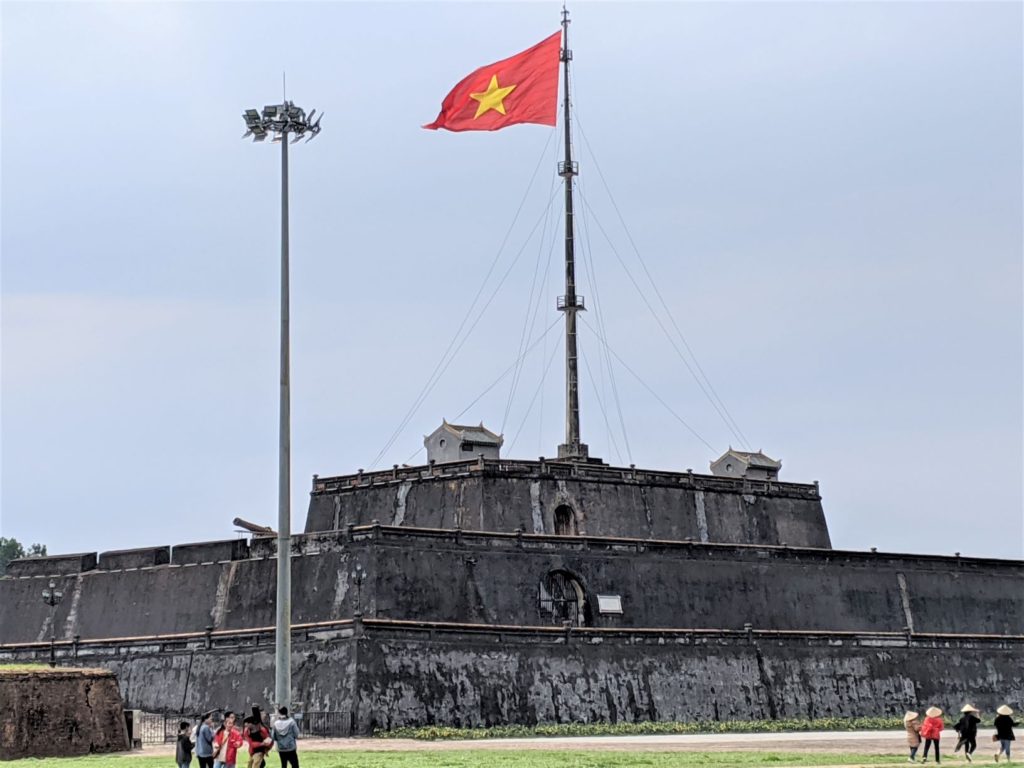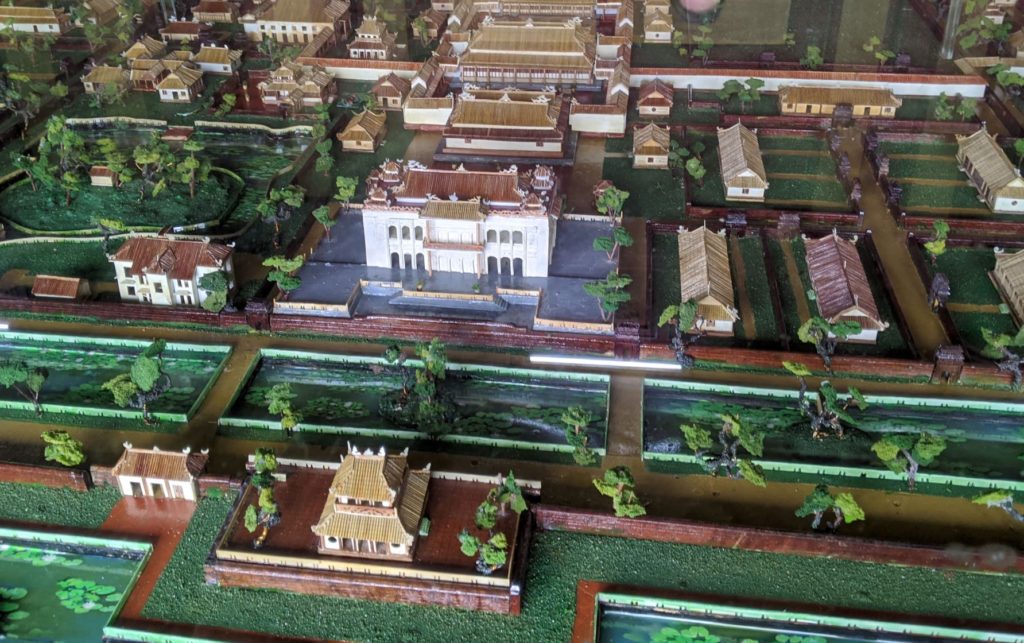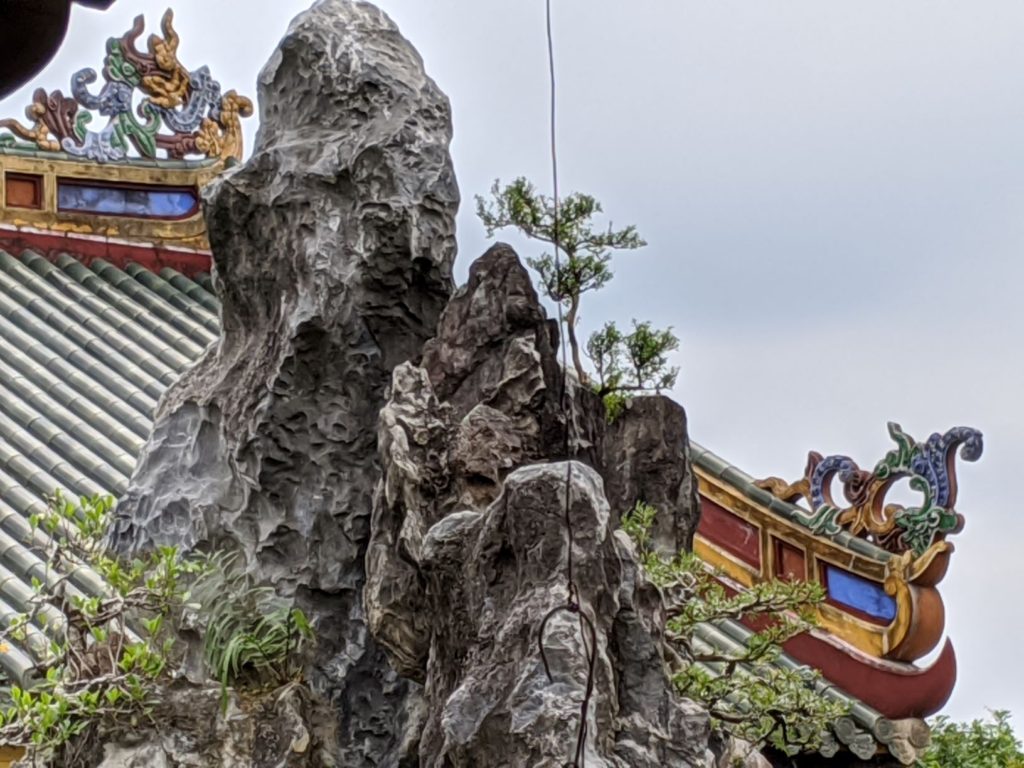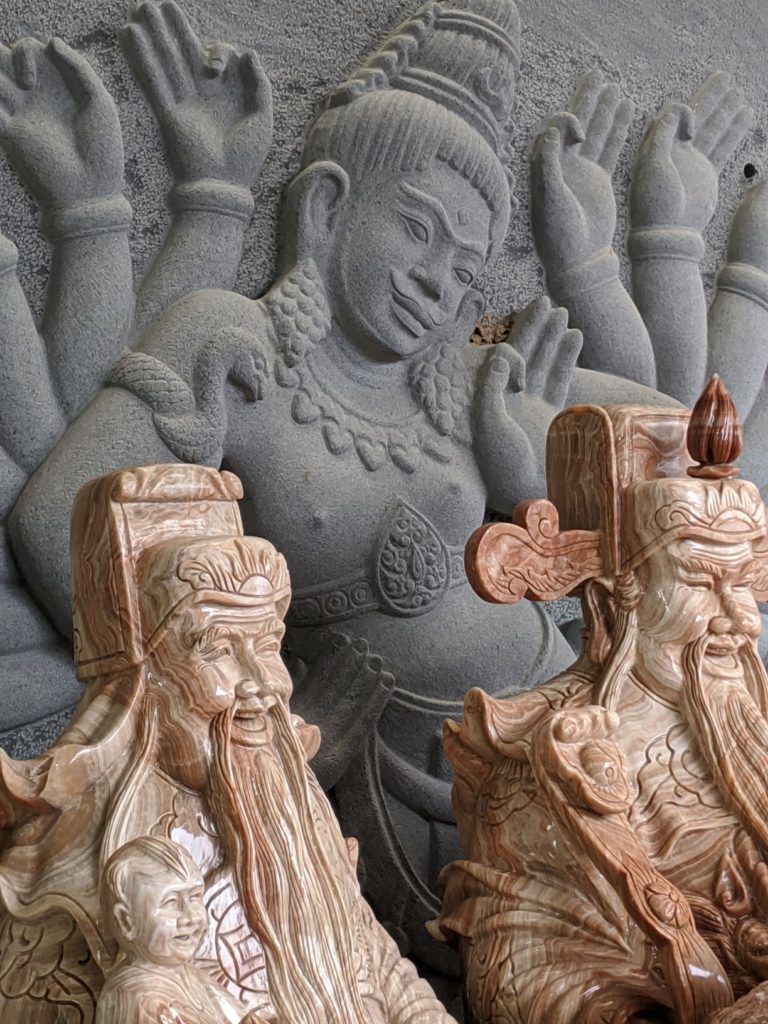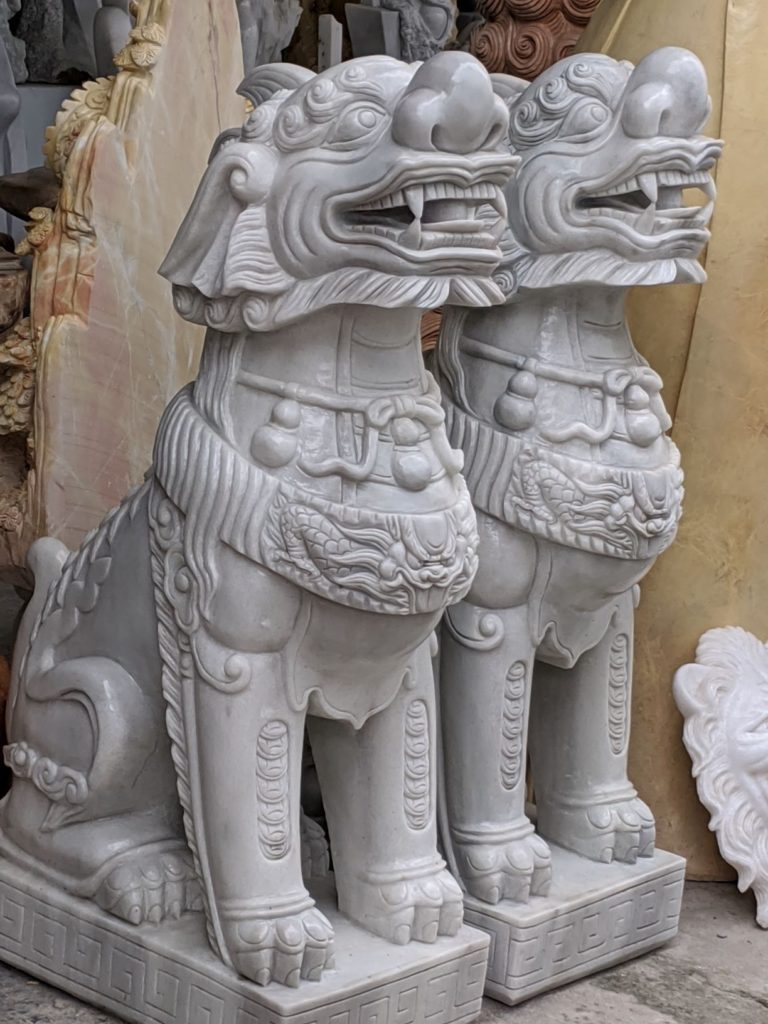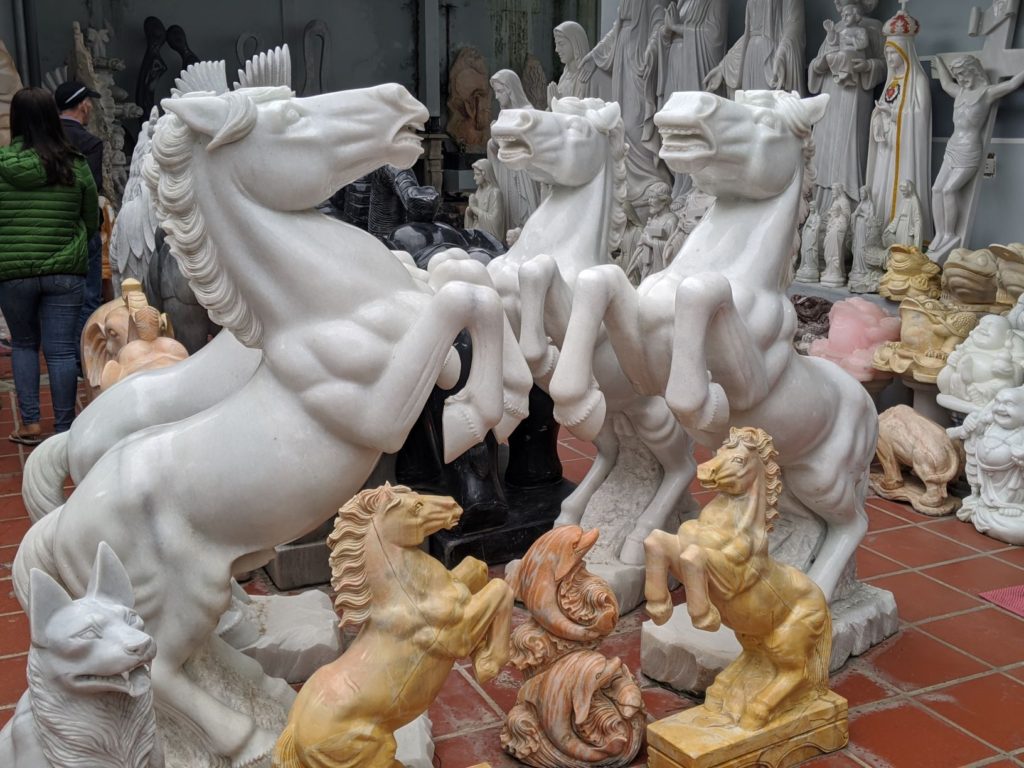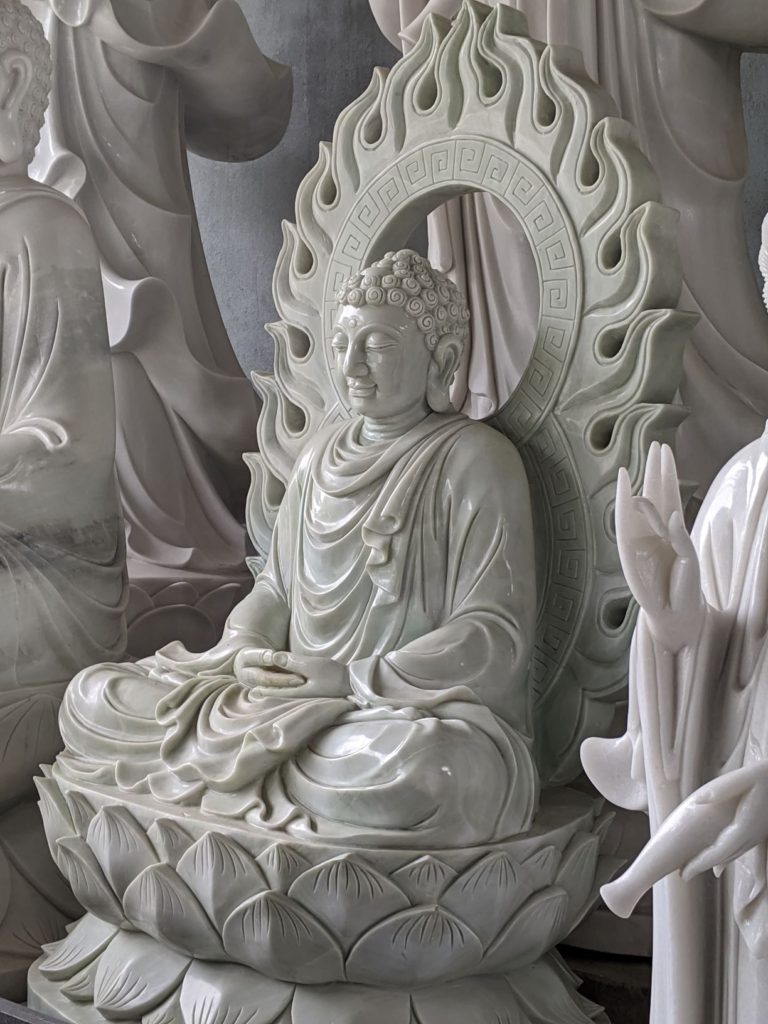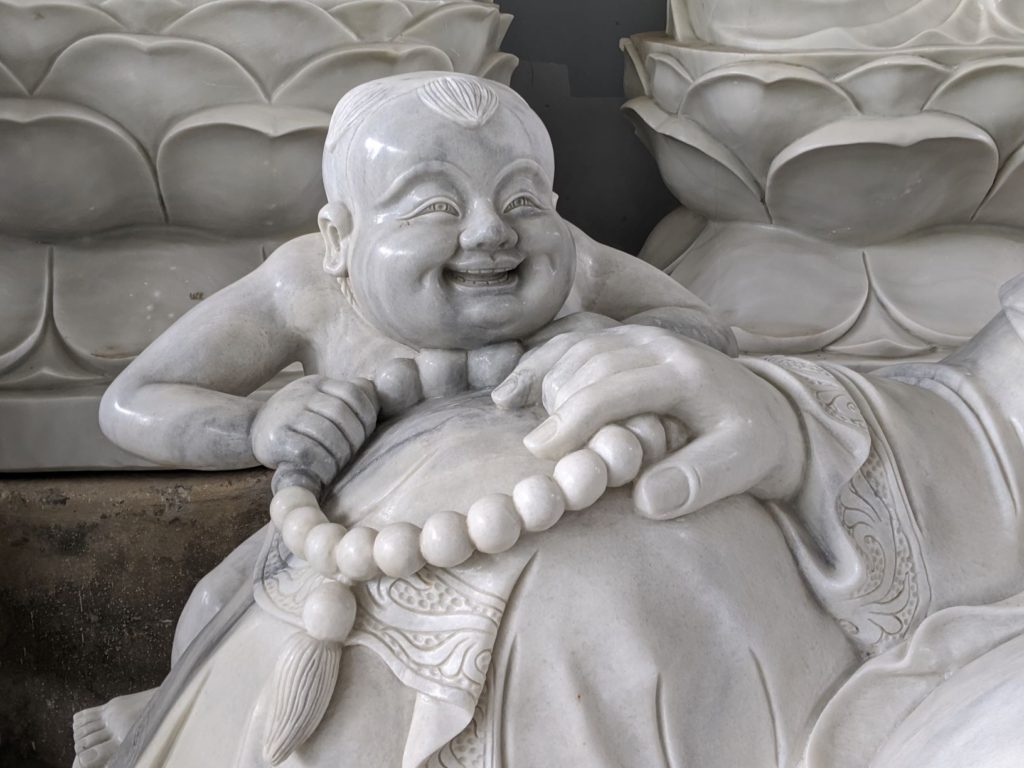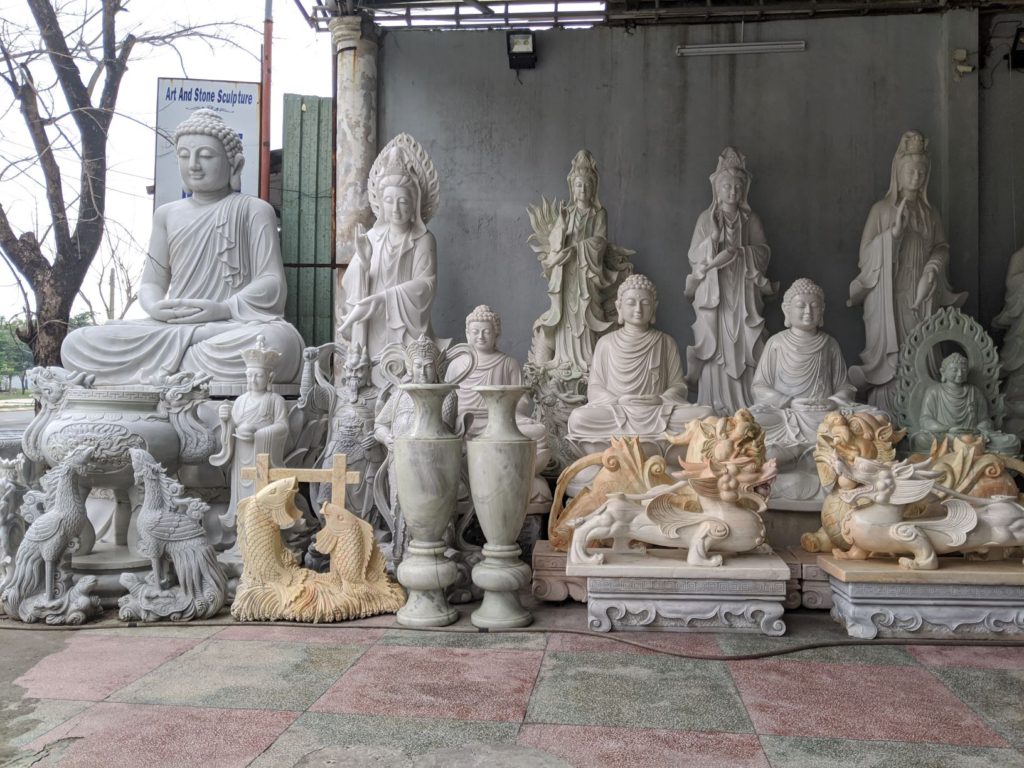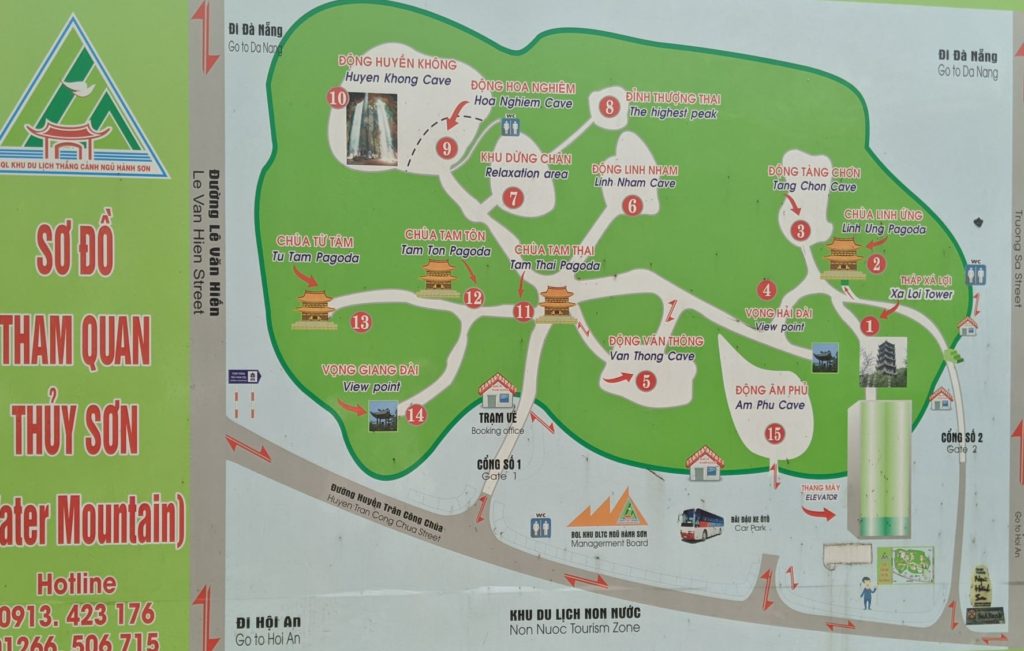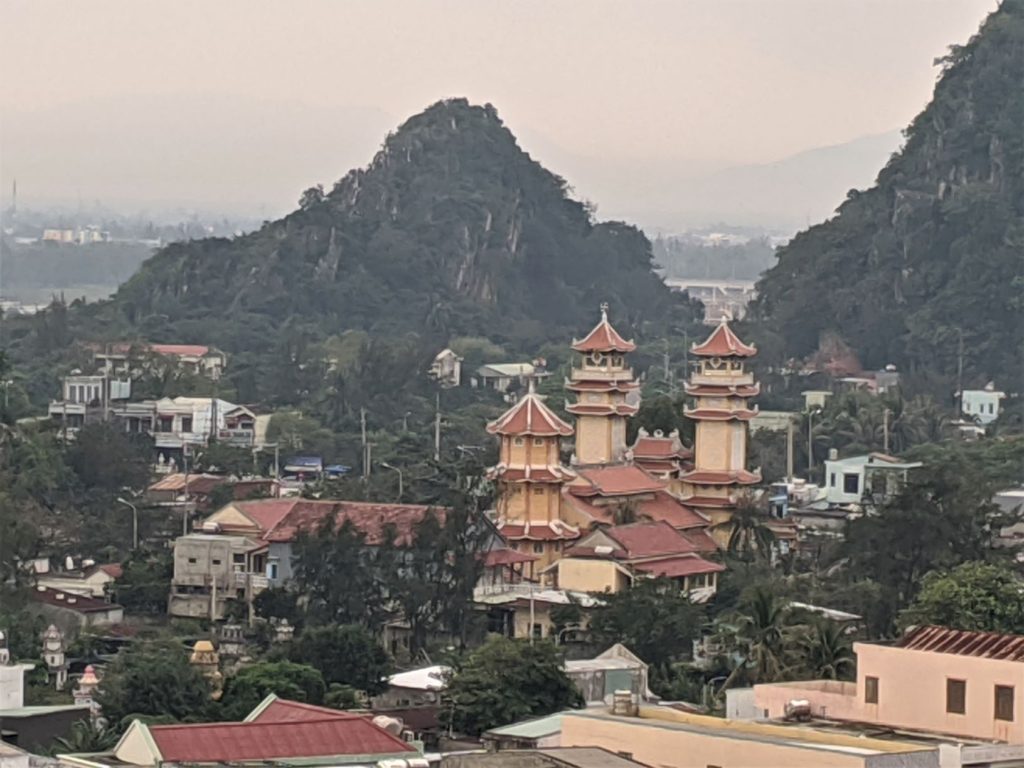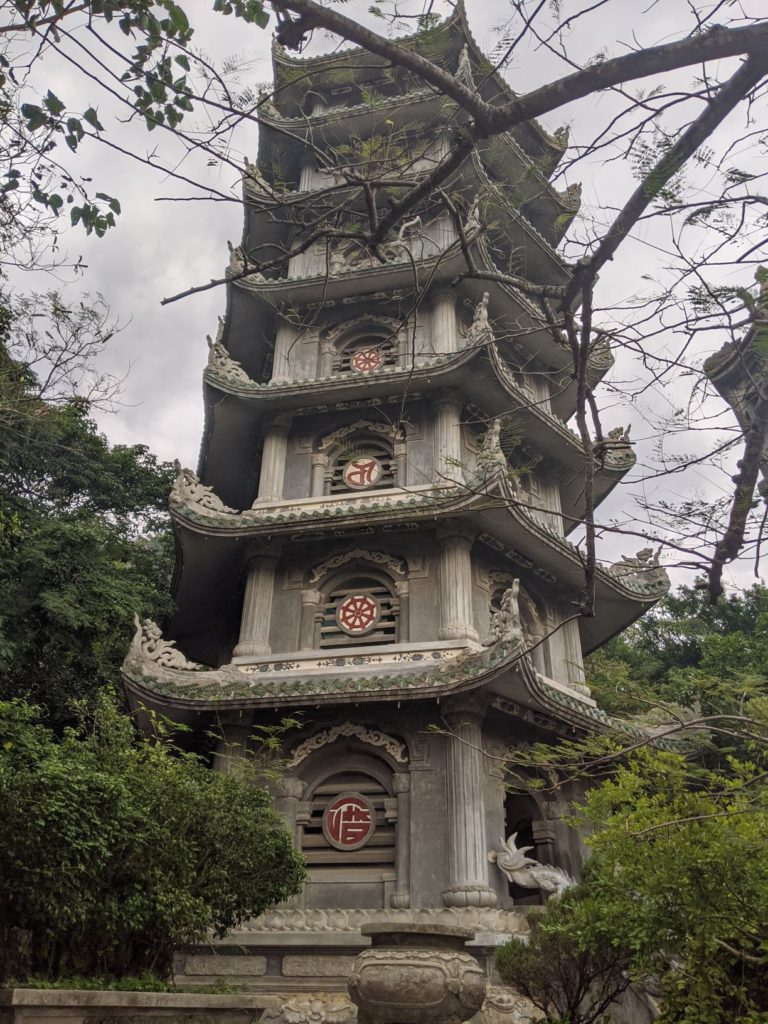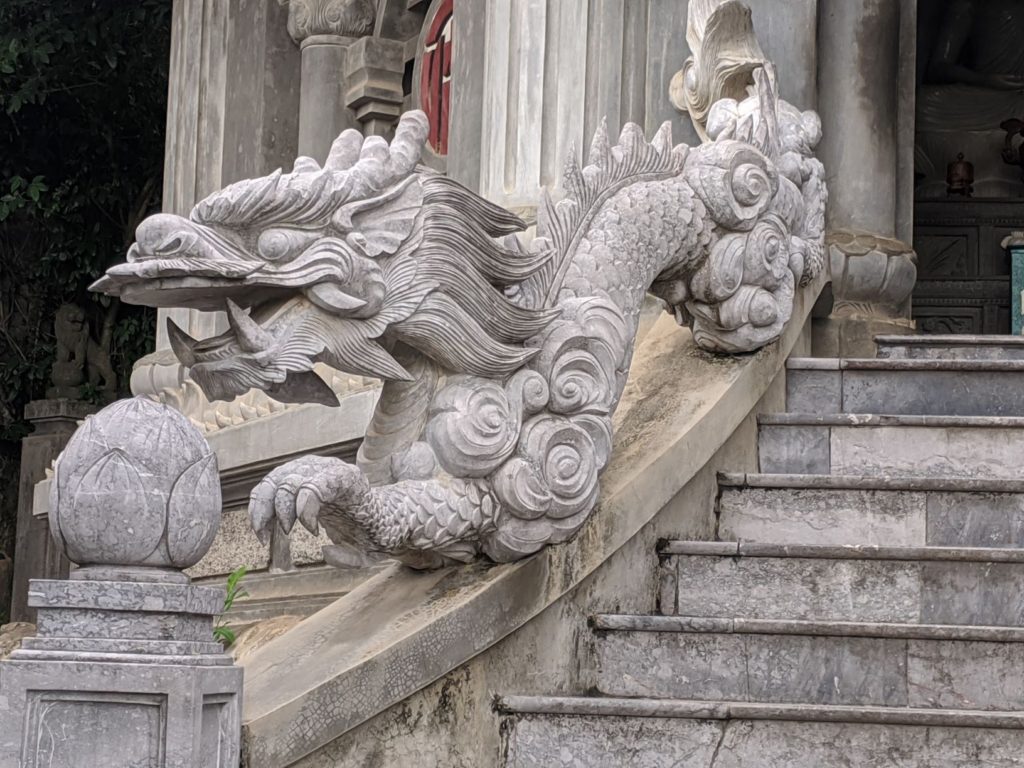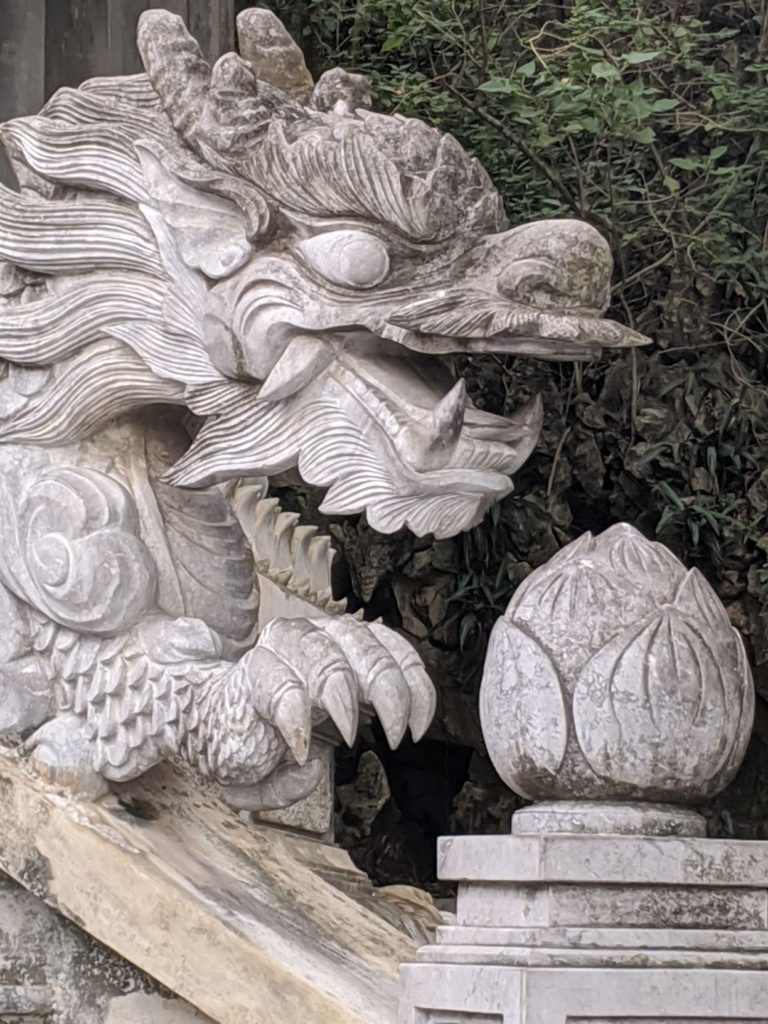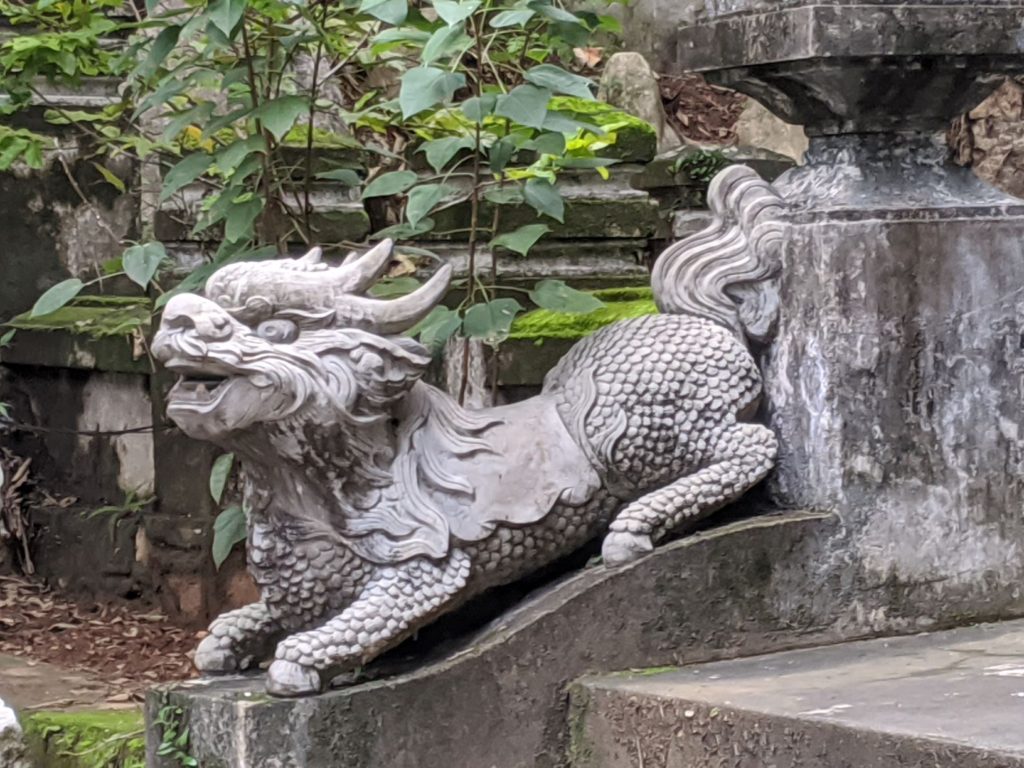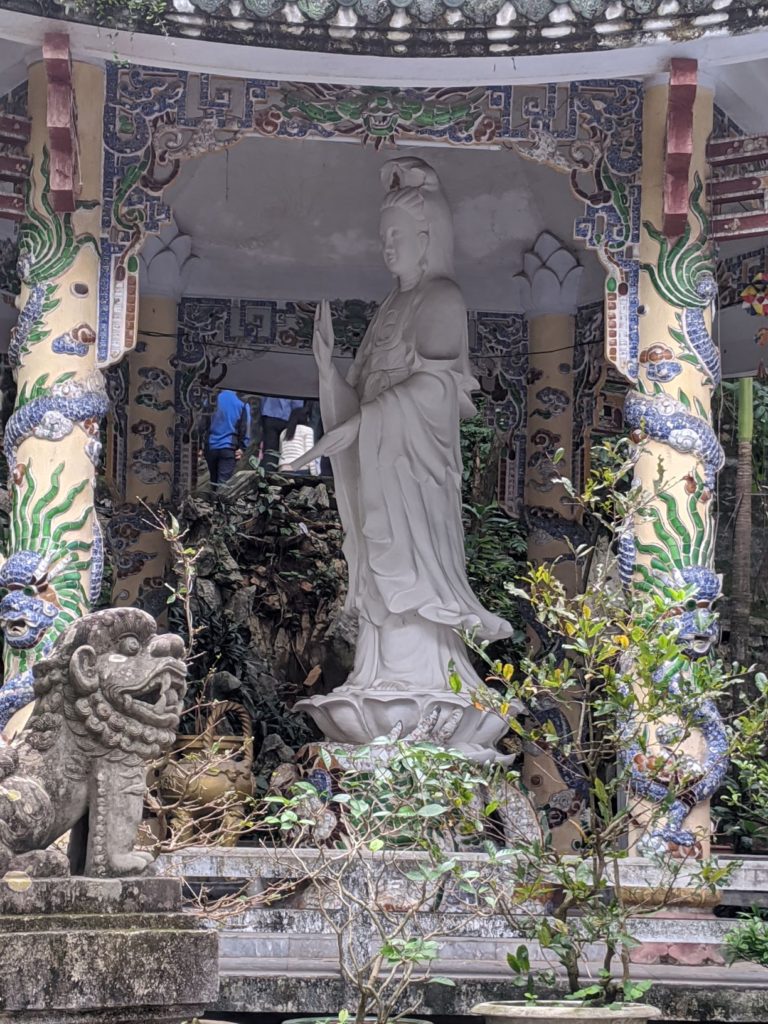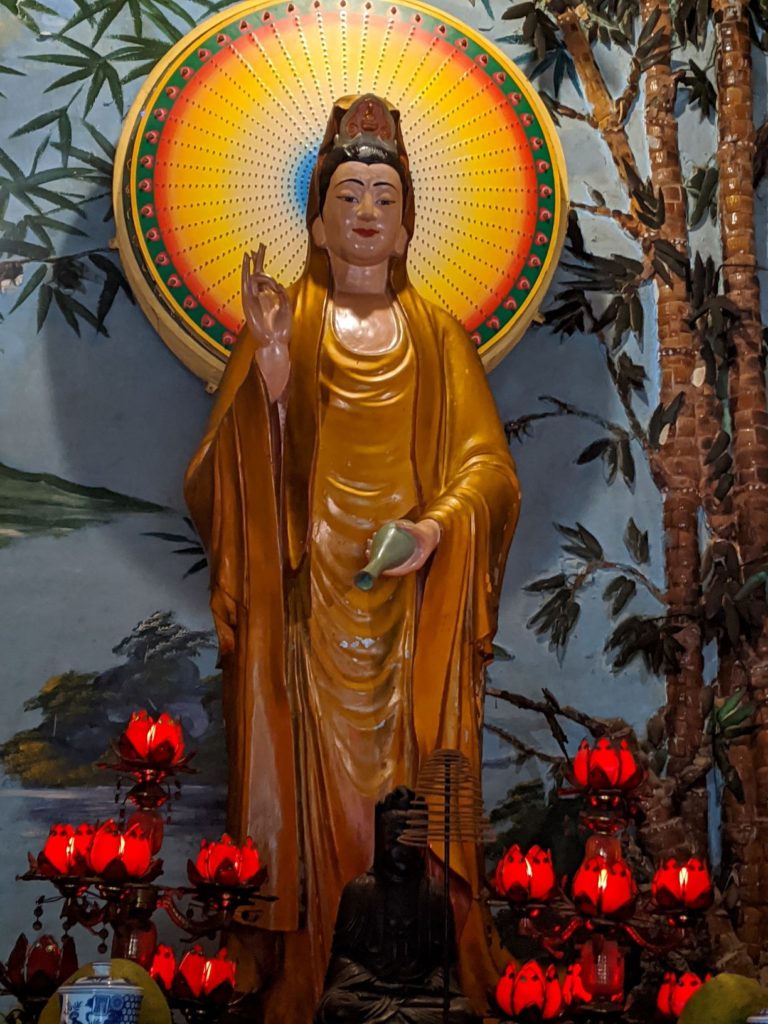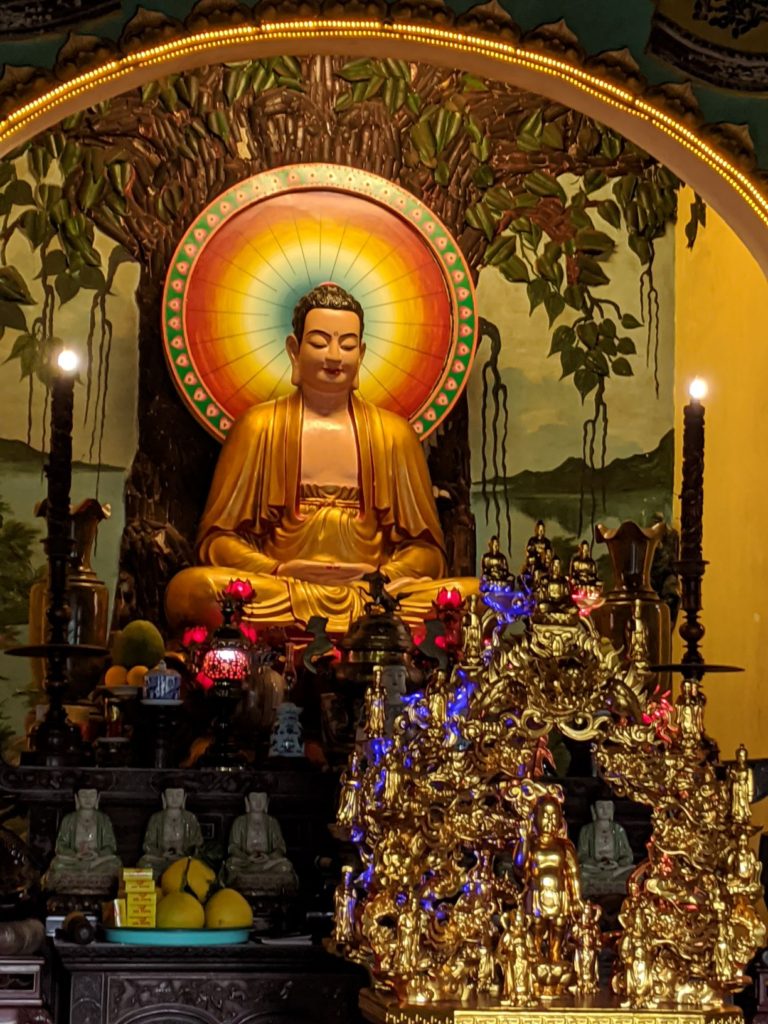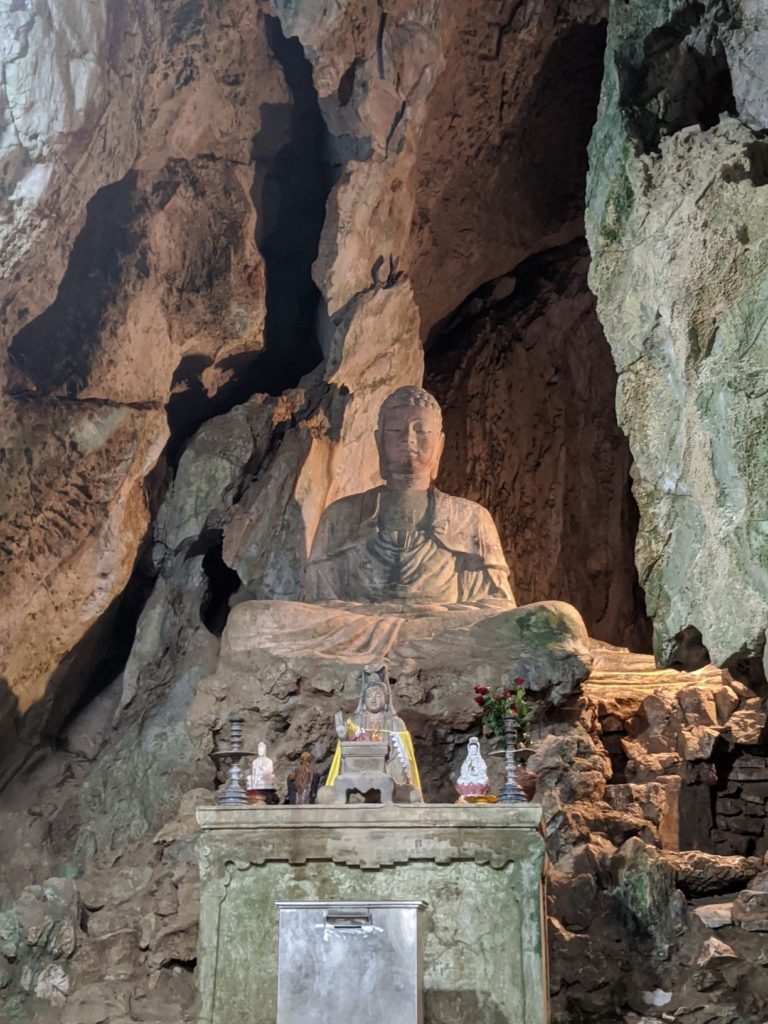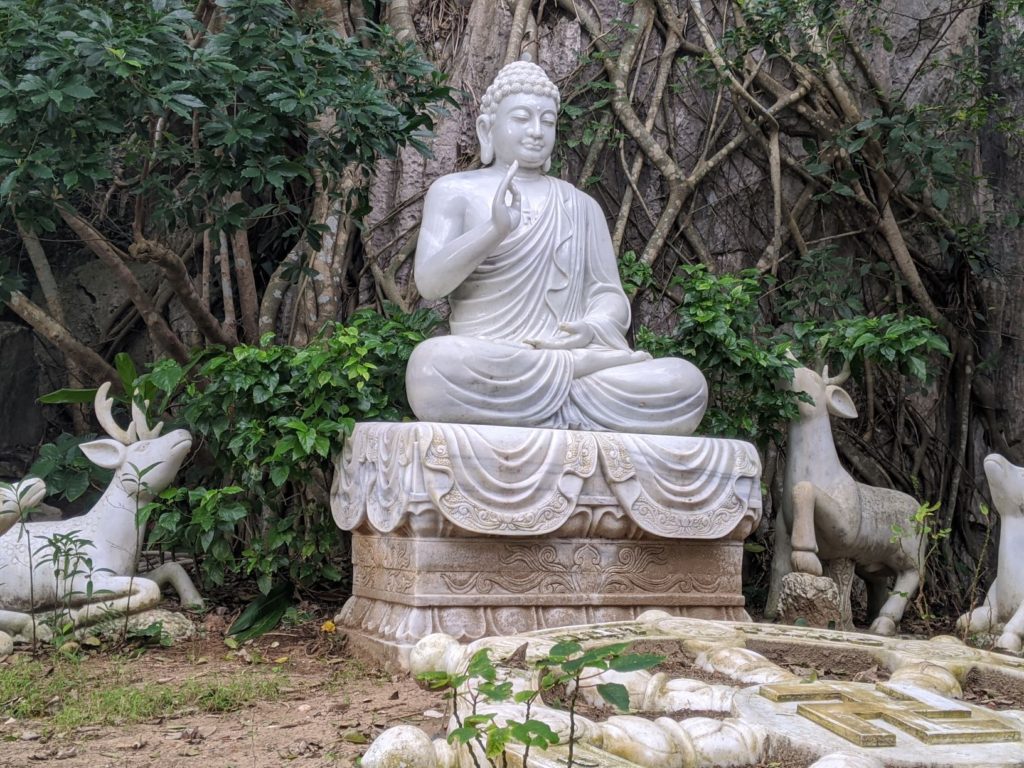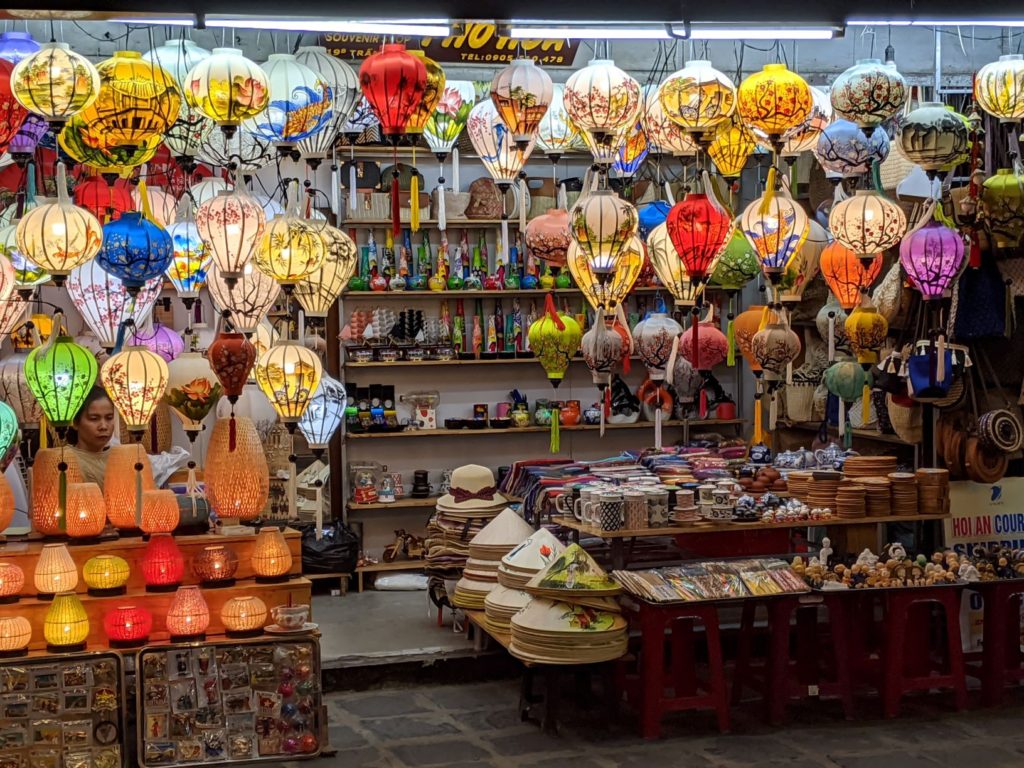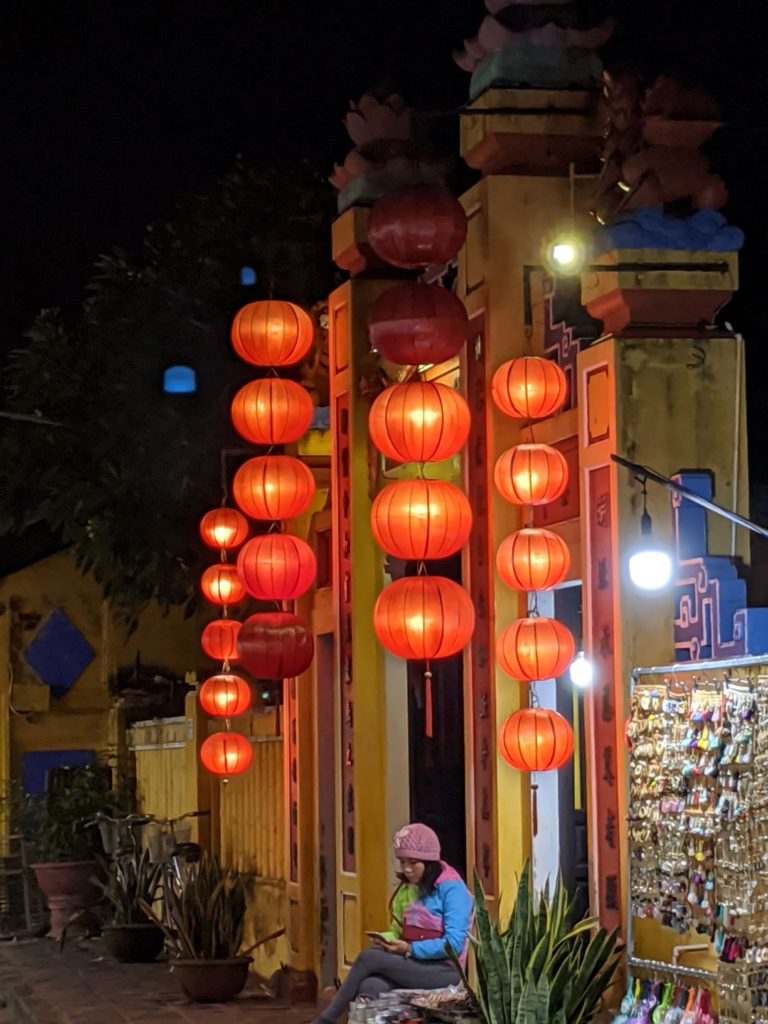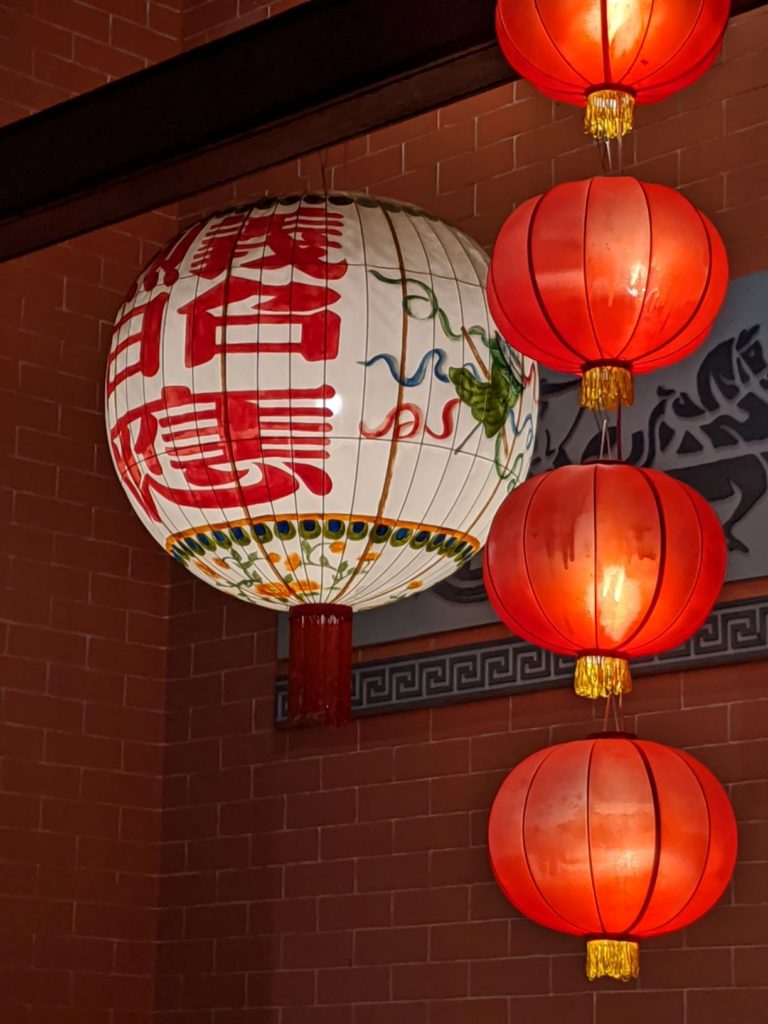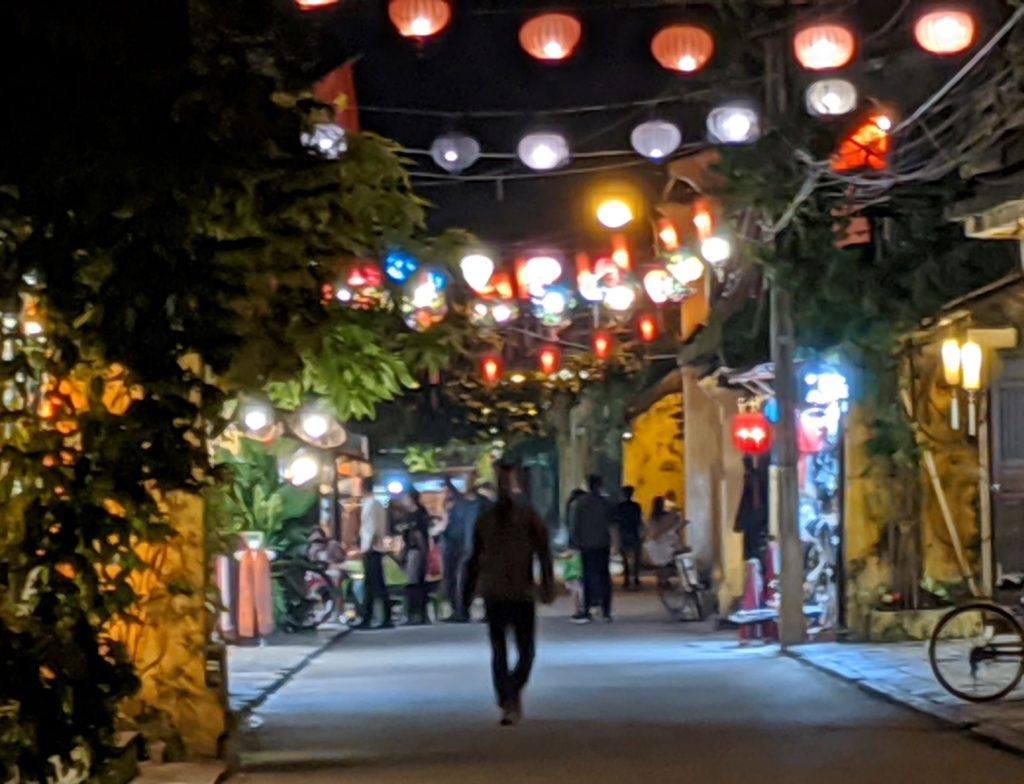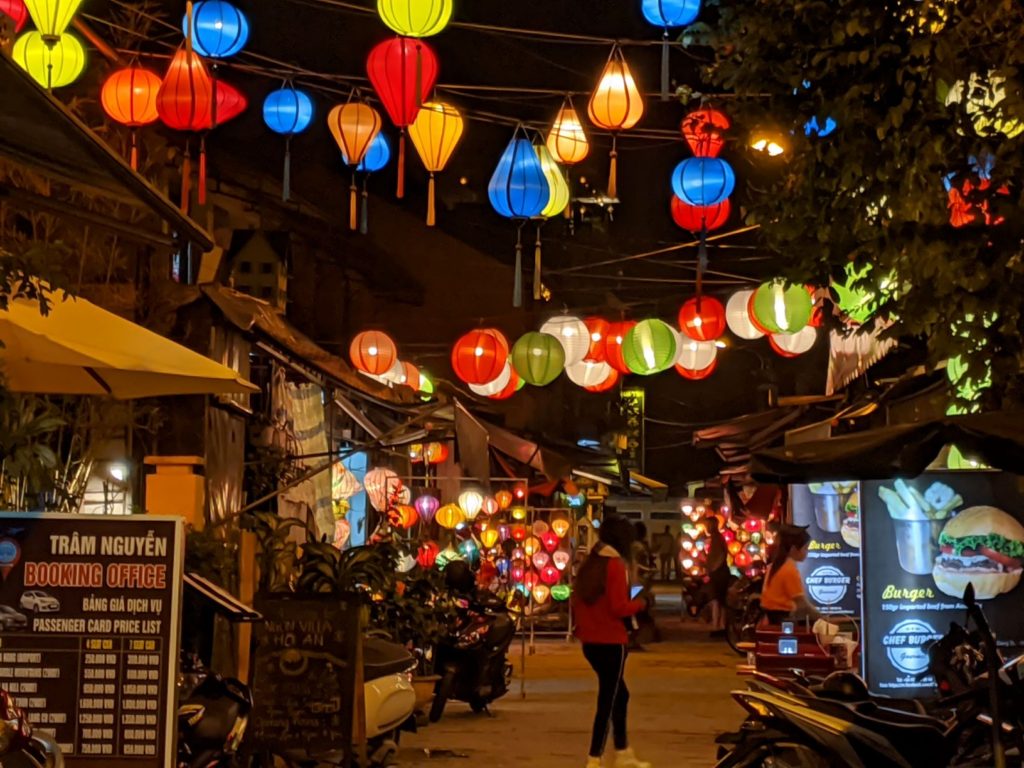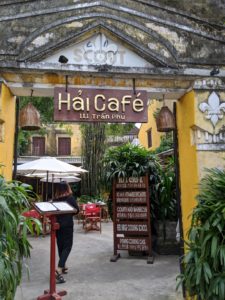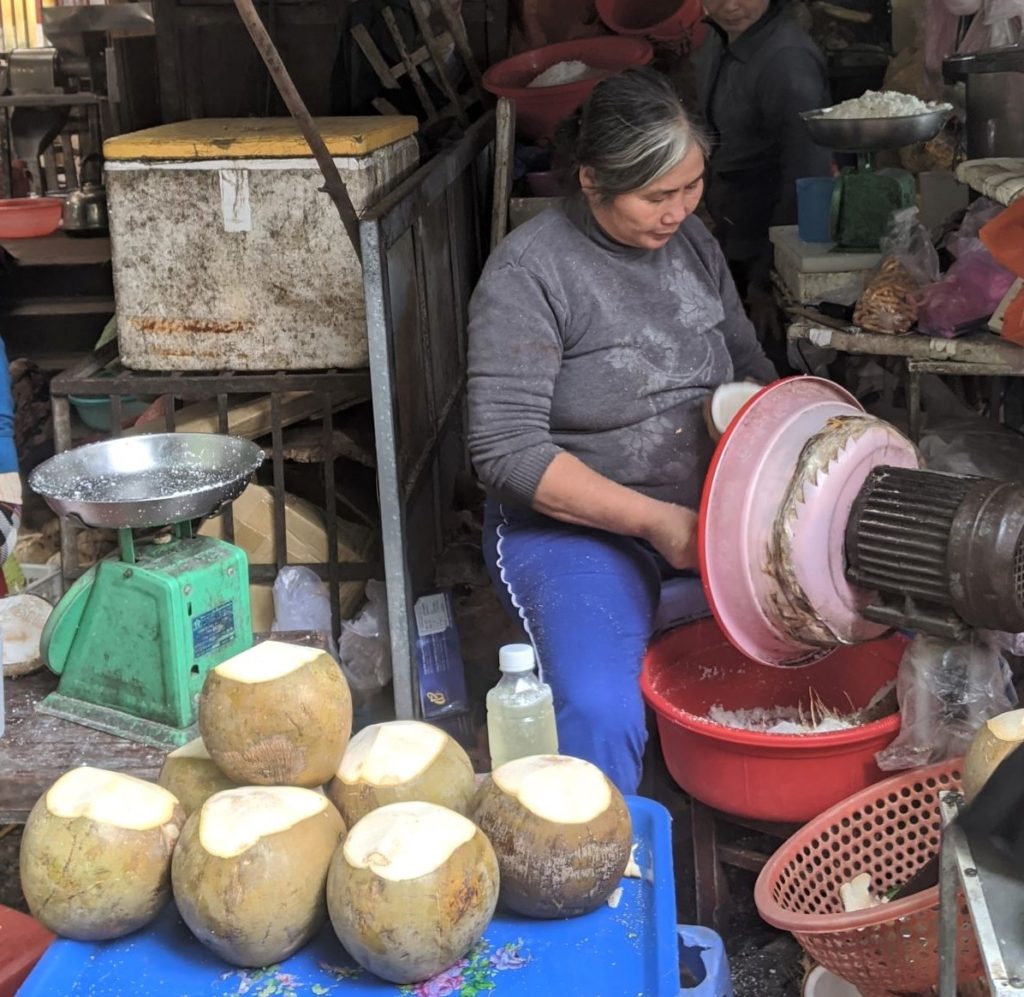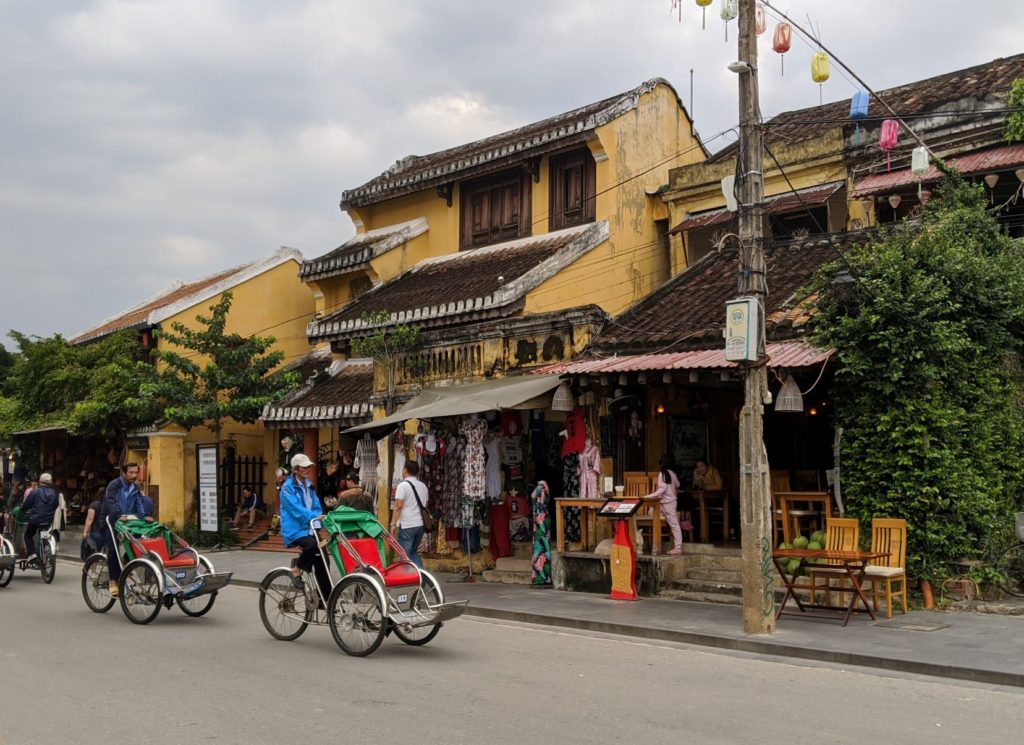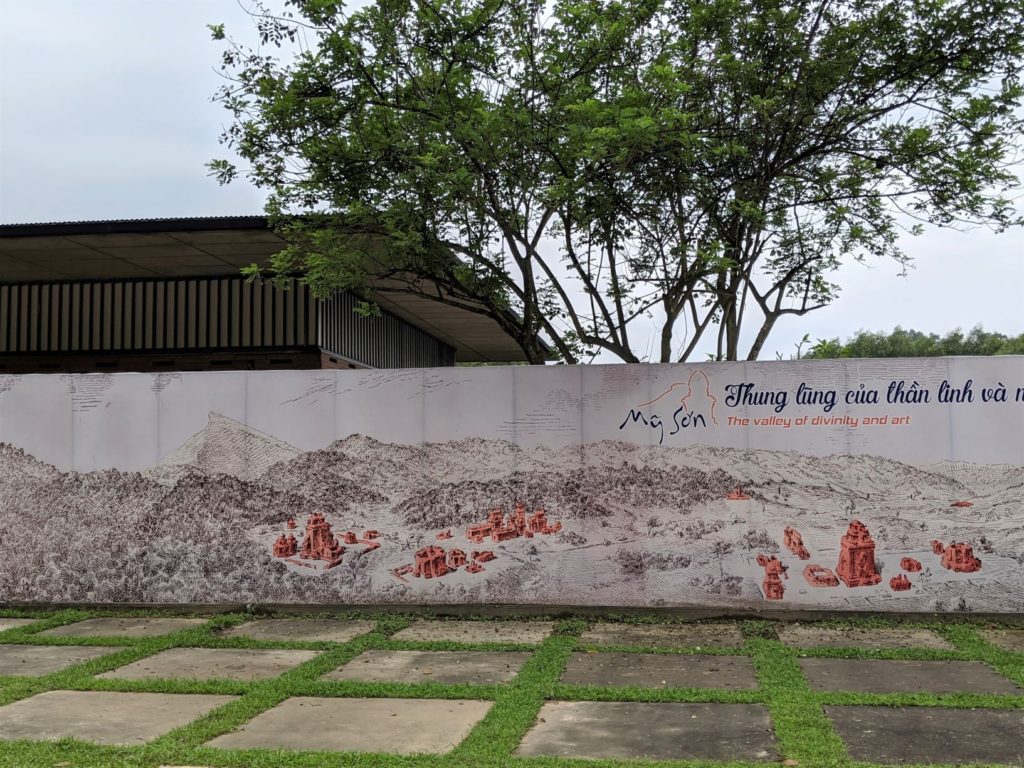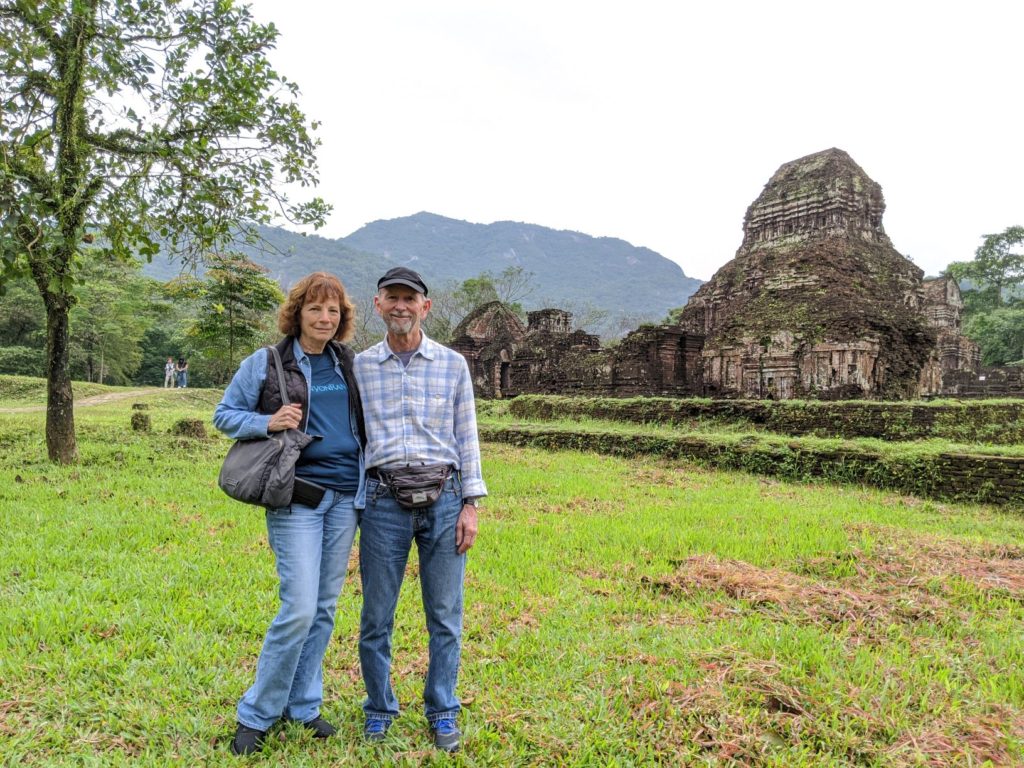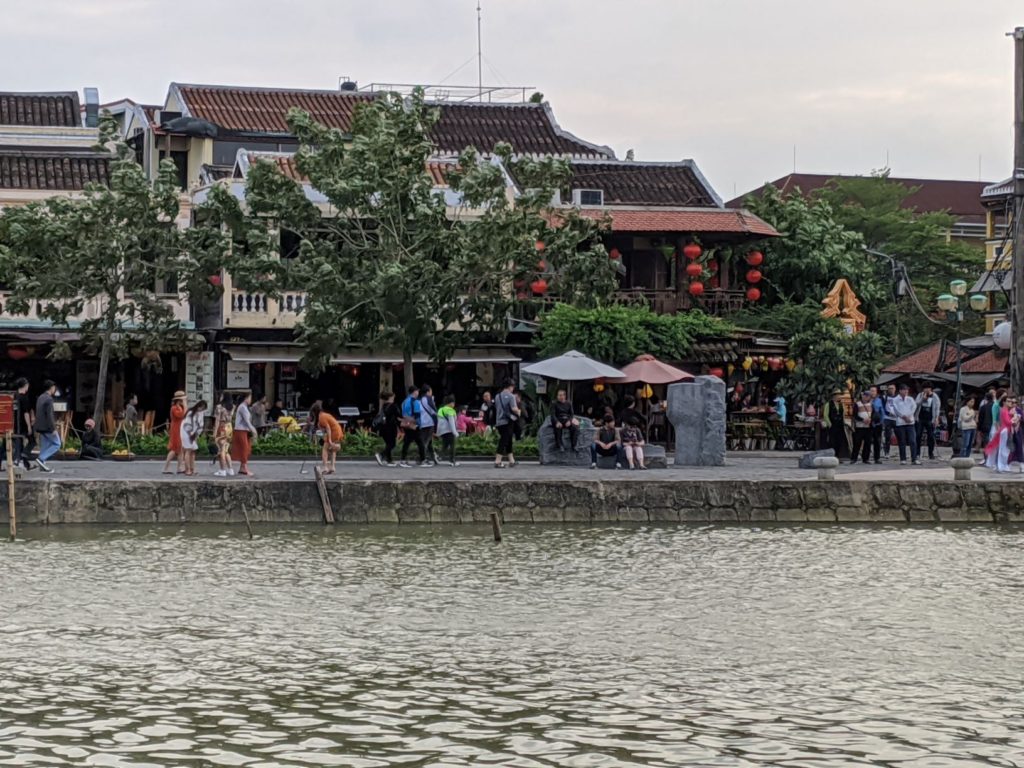
I just finished reading Nelson DeMille’s Up Country upon the strong recommendation of my mother. She and I have both read others of DeMille’s books and enjoyed them quite a bit, so picking this one up didn’t require too much persuasion. And I’m glad I did. This is the review that I just posted on Goodreads.
My rating: 5 of 5 stars
I am a member of Nelson DeMille’s generation. But when he served in Vietnam, I protested the war there. It was only much later that I developed an interest in Vietnam, not as the site of an earlier, deadly war, but as the home of a culture that went back centuries. I just visited Vietnam about a month ago, and by coincidence happened to pick up DeMille’s book Up Country after I returned. It was fascinating.
The Vietnam DeMille portrays, some twenty to twenty-five years after the end of the war, is on a kind of a cusp–recovering from the war, but still also hurting. His characters are from a generation–DeMille’s generation and mine–that is now only a tiny percentage of the country’s population. The Vietnam I visited, some twenty to twenty-five years after DeMille did, is a very young, and very different, country. That made DeMille’s slice of Vietnam history all the more fascinating. The bomb craters are still there, and the ruination of historic sites still evident, but DeMille brings these facts to life.
On top of that, he weaves a gripping and tense thriller that is hard to put down. The characters are quite enjoyable. The protagonist is hard-boiled, smart, and funny; and the sidekick is a smart, competent woman. I don’t think the romance aspect of the book is as strong as the thriller aspect, and the “love” the characters develop for one another is not entirely convincing. But Up Country never pretended to be a romance, so I don’t think it’s fair to hold that one weakness against it. Five stars for a fascinating and intense read.
View all my reviews















